Nitrous oxide (N 2 O) is a strong greenhouse gas, that is mainly produced from agricultural activities (eg from the use of synthetic and organic fertilizers to grow crops) This first interactive chart here shows per capita emissions of nitrous oxide each year This is measured in 'carbon dioxide equivalents'And necessary pathways which are compatible with limiting warming to 15°C or 2°C of warming this century 14This chart shows the breakdown of total greenhouse gases (the sum of all greenhouse gases, measured in tonnes of carbon dioxide equivalents) by sector Here we see that electricity and heat production are the largest contributor to global emissions
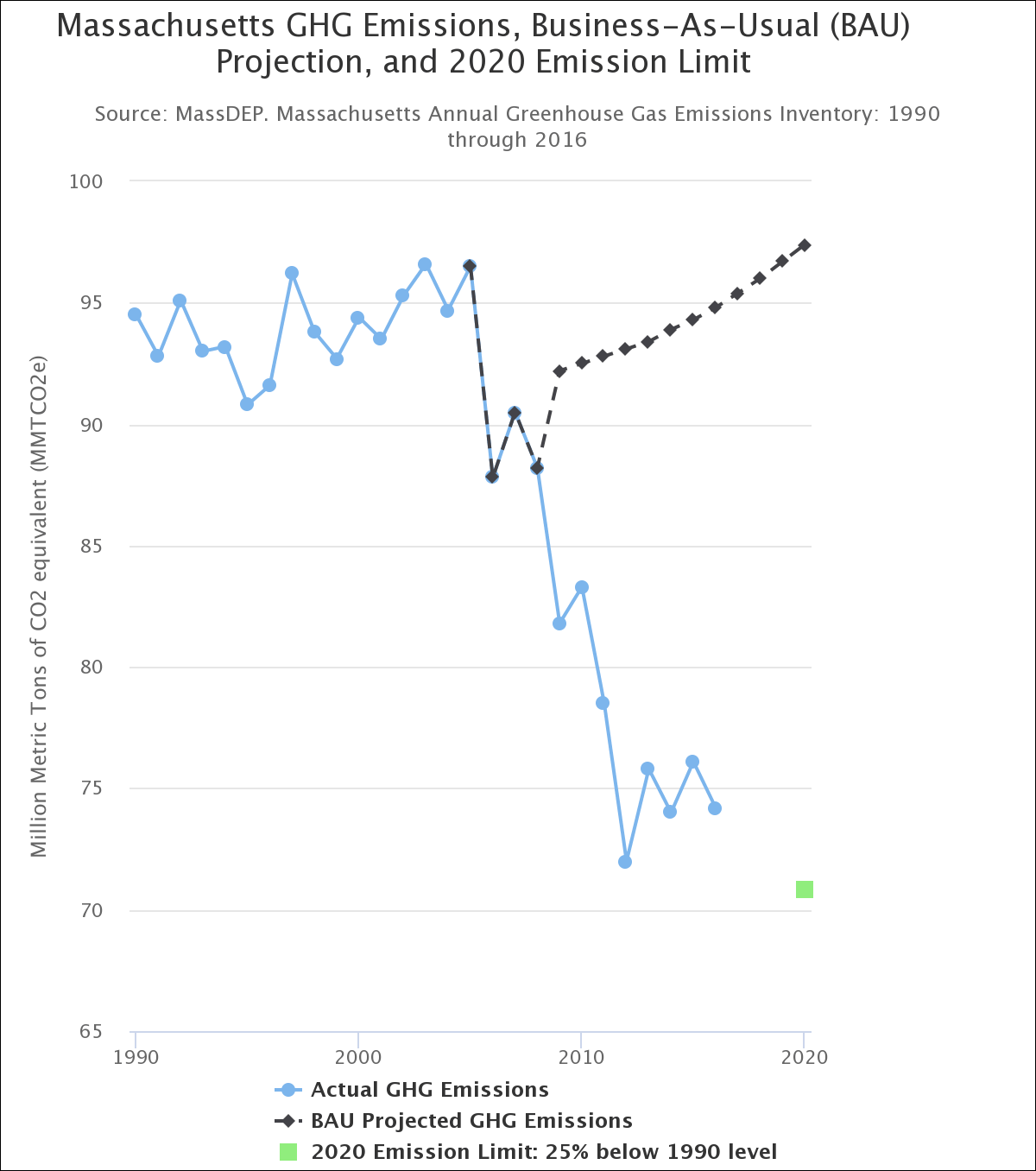
The State S Emissions Declined 2 5 Percent In 16 They Re Now 21 Percent Below 1990 Levels Wbur News
Australia greenhouse gas emissions graph
Australia greenhouse gas emissions graph-HEAVYDUTY VEHICLE EMISSIONS CALCULATOR The HeavyDuty Vehicle Emissions Calculator (HDVEC) was developed to estimate the vehicle operation nitrogen oxide (NO x) and particulate matter (PM 25), as well as the welltowheel greenhouse gas emissions (GHGs) of commercially available alternative fuel medium and heavyduty vehiclesThis tool is ideally suited to aid fleetsThis calculation does not include line losses Individual subregion nonbaseload emissions rates are also available on the eGRID Web site To estimate indirect greenhouse gas emissions from electricity use, please use Power Profiler or use eGRID subregion annual output emission rates as a default emission
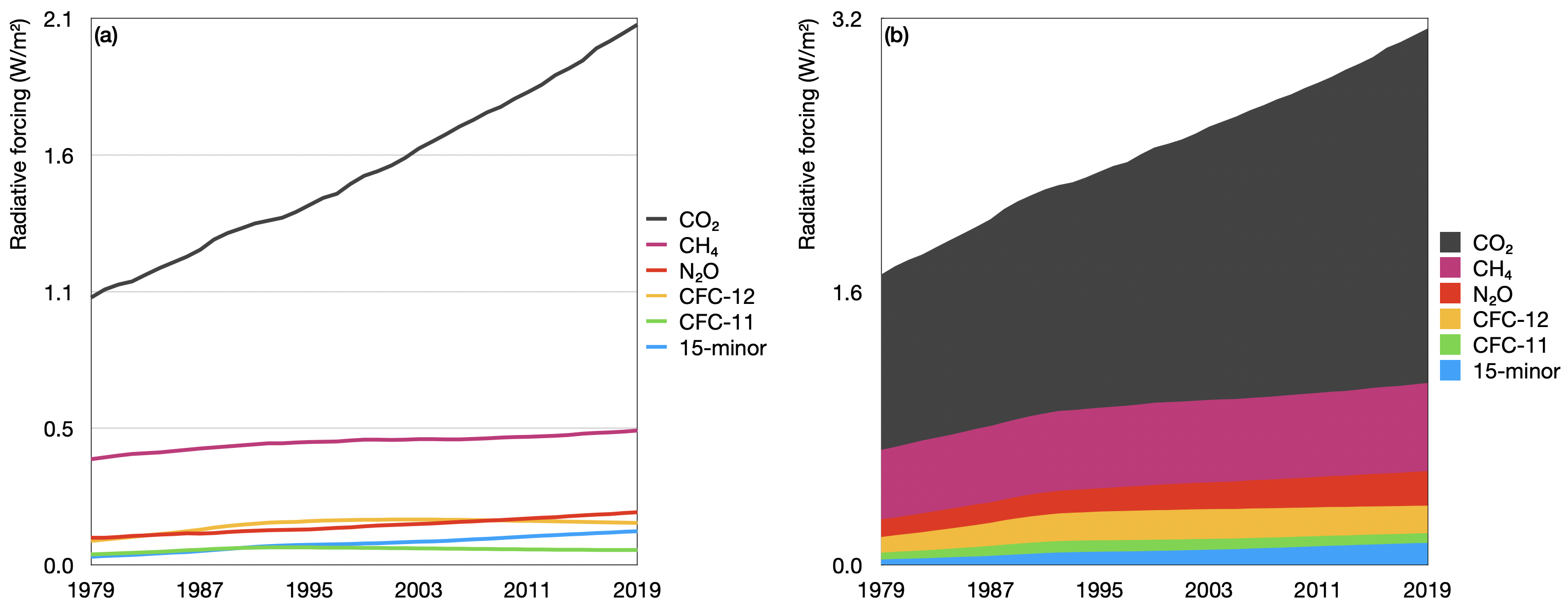



Greenhouse Gas Emissions
The world saw 361 billion tonnes of CO2 emissions in 18 Consider China Despite worldleading investments in renewable energy, its greenhouse gas emissions are still on the rise Last year, the superpower was responsible for almost onethird of all the CO2 emittedThis calculator was created to help farmers, extension educators, agencies, policymakers, and others learn about greenhouse gas emissions from field crop agriculture in order to make informed decisions about crop management and environmental stewardshipUse this calculator to estimate the total greenhouse gas (GHG) emissions associated with driving an electric vehicle (EV) or plugin hybrid electric vehicle (PHEV), including GHG emissions from the production of electricity used to power the vehicleEnter your ZIP Code, model year, and vehicle to calculate the tailpipe and upstream emissions
Even though some countries produce more greenhouse gases than others, emissions from every country contribute to the problem That's one reason why climate change requires global action The graph below shows how the world's total greenhouse gas emissions are continuing to increase every yearOverall net emissions are 18% below our 14 baseline as oncampus greenhouse gas emissions increased slightly from 18 levels This 2% increase in 19 was in part driven by growth in campus size—including the first fully operational year for MITnano—local weather, and the use of specialty research gasesThis chart maps out future greenhouse gas emissions scenarios under a range of assumptions if no climate policies were implemented;
Greenhouse gas emission limits In , the Washington Legislature set new greenhouse gas emission limits in order to combat climate change Under the law, the state is required to reduce emissions levels reduce to 1990 levels 30 45% below 1990 levels 40 Most of the top 10 emitters have higher emissions per person than the world average (around 68 tCO2e per person) Among the top 10 total greenhouse gas emitters, Canada and the United States have the highest per capita greenhouse gas emissions at 22 tCO2e per person and 18 tCO2e per person, respectively, while India has the lowest at 24 tCO2e per personRussia (see Greenhouse gas emissions by Russia) 1630 1992 2670 1381 Japan 1231 1155 1310 1411 Brazil 1421 1050 524 Germany 1 777 918 7 Indonesia 1704 506 Canada (see Greenhouse gas emissions by Canada) 716 763 575 Mexico 695 718 528 Iran 8 876 572 South Korea 673 732 634 Australia (see Greenhouse gas emissions by Australia) 537




Greenhouse Gas Emissions
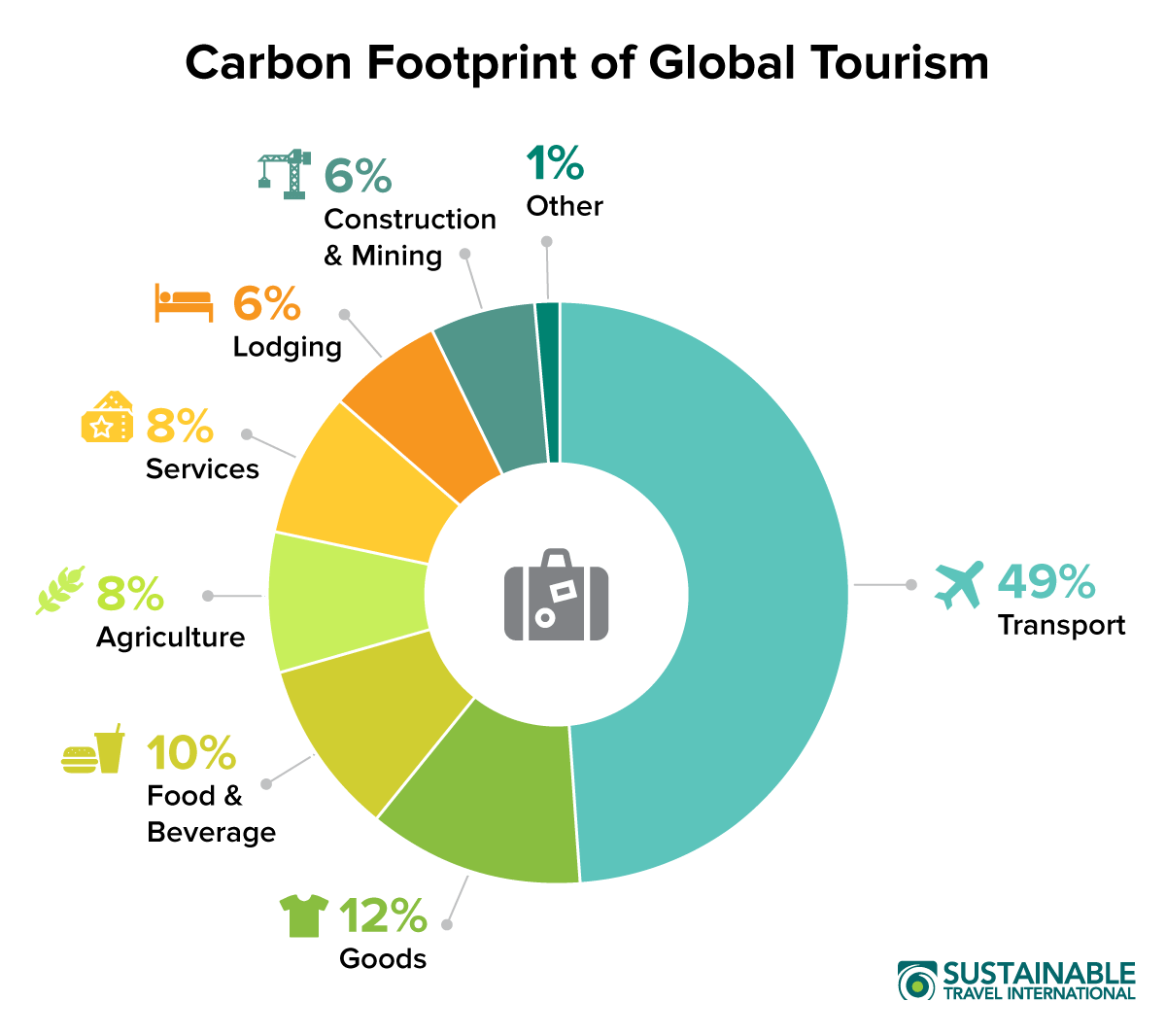



Carbon Footprint Of Tourism Sustainable Travel International
The second chart shows the greenhouse gas emissions which result from this energy use 7Pyk Here, we can see two charts First one illustrates Australian household energy consumption and second one provides information about Australian household greenhouse gas emissions Agriculture and forestry together are estimated to account for 105 percent of US greenhouse gas emissions in 18, including carbon dioxide emissions associated with agricultural electricity consumption Globally, carbon dioxide emissions are the largest contributor to climate changeGreenhouse gas emissions are greenhouse gases vented to the Earth's atmosphere because of humans the greenhouse effect of their 50 billion tons a year causes climate changeMost is carbon dioxide from burning fossil fuels coal, oil, and natural gas The largest polluters include coal in China and large oil and gas companies, many stateowned by OPEC and Russia
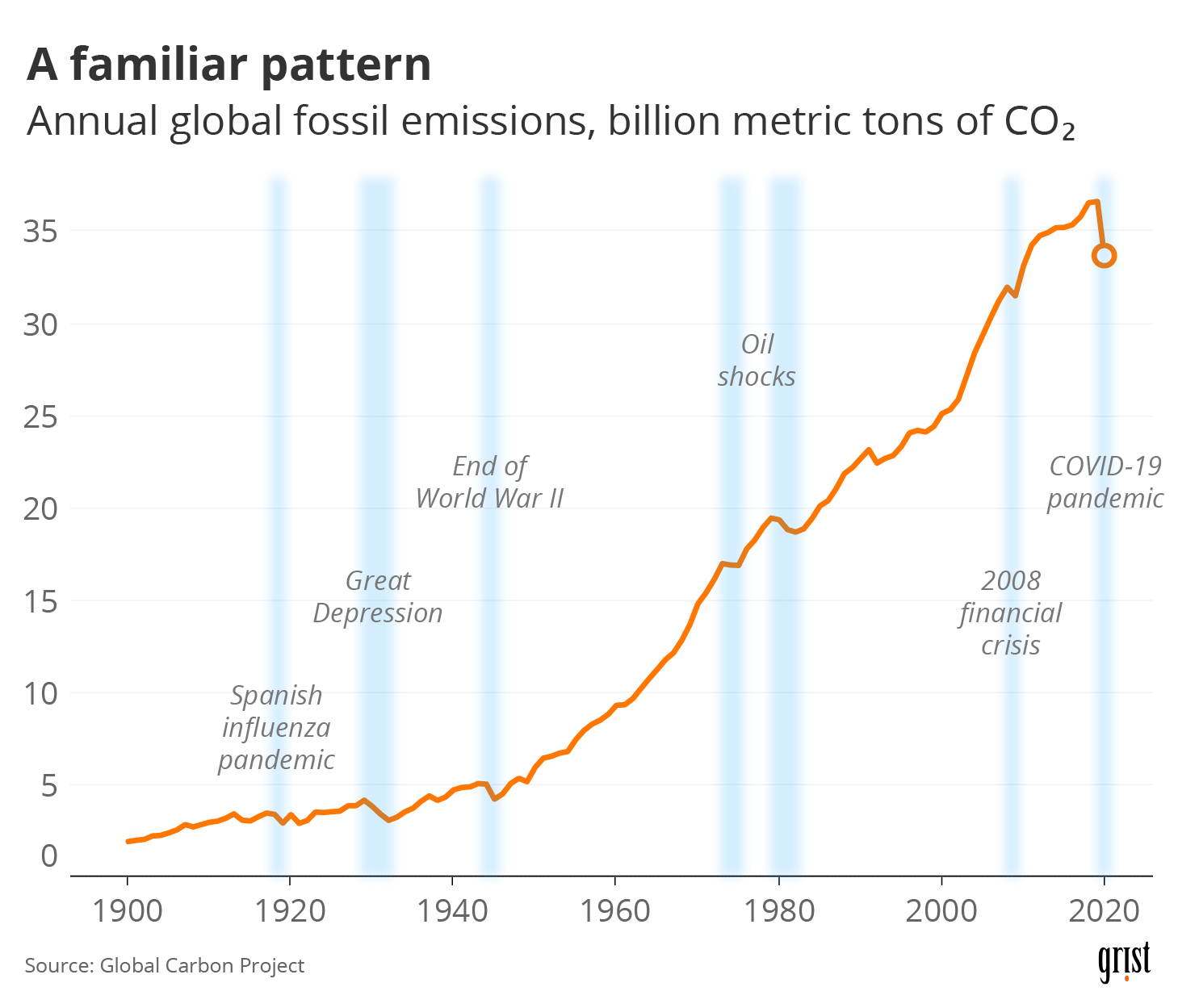



After A Century Of Growth Have Carbon Emissions Reached Their Peak Grist
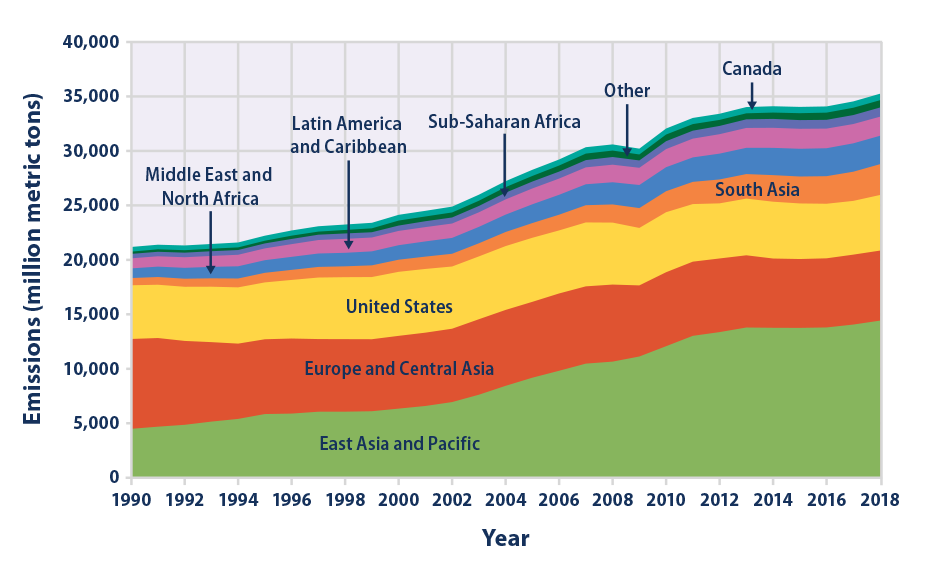



Climate Change Indicators Global Greenhouse Gas Emissions Us Epa
Notes This calculation does not include any greenhouse gases other than CO 2; Try EPA's Household Carbon Footprint Calculator to estimate your annual greenhouse gas emissions Learn more about sources and trends in residential emissions in the United States, in the Commercial and Residential section of the Sources of Greenhouse Gas Emissions page Learn more about sources and trends in transportation emissions in the The Emissions and Energy Threshold Calculator can be used to obtain an estimate of scope 1 and scope 2 greenhouse gas emissions, energy production, and energy consumption based on data entered by the user The calculator has been updated for the 19– reporting year The threshold calculator and user guide for previous reporting periods is
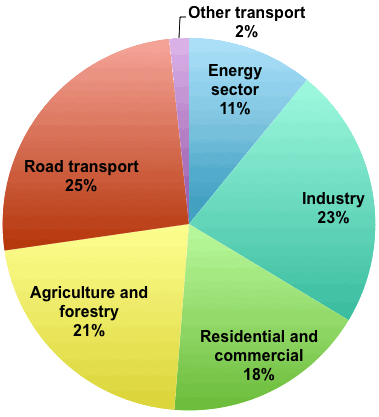



How Do Greenhouse Gas Emissions Presently Evolve Jean Marc Jancovici




The State S Emissions Declined 2 5 Percent In 16 They Re Now 21 Percent Below 1990 Levels Wbur News
Sources and Assumptions for the Electric and Plugin Hybrid Vehicle Greenhouse Gas Emissions Calculator To estimate your CO 2 emissions rates and generate the bar graph, we used the following sources and assumptions This is the tailpipe CO 2 emissions rate for combined city and highway driving that is shown on the fuel economy and environmentThe chart above shows emissions to date, the trajectory we need to reach our reduction goals, and our likely trajectory based on current trends and policies Greenhouse Gas Emissions by Sector The graph above shows that transportation is still the greatest contributor to greenhouse gas emissions in Oregon, followed by the residential and commercial sectorsThe Southern California Gas Company Aliso Canyon facility's actual 15 emissions were higher than those reported to the GHGRP The GHGRP provides wellvetted average emission factors to calculate emissions The facility followed these GHGRP calculation methods for 15 reporting
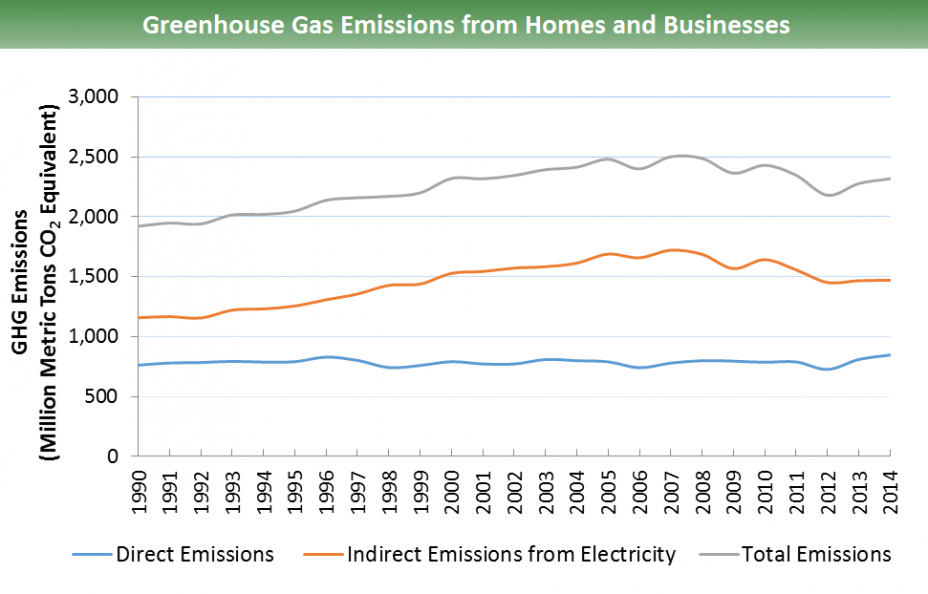



Sources Of Greenhouse Gas Emissions Greenhouse Gas Ghg Emissions Us Epa
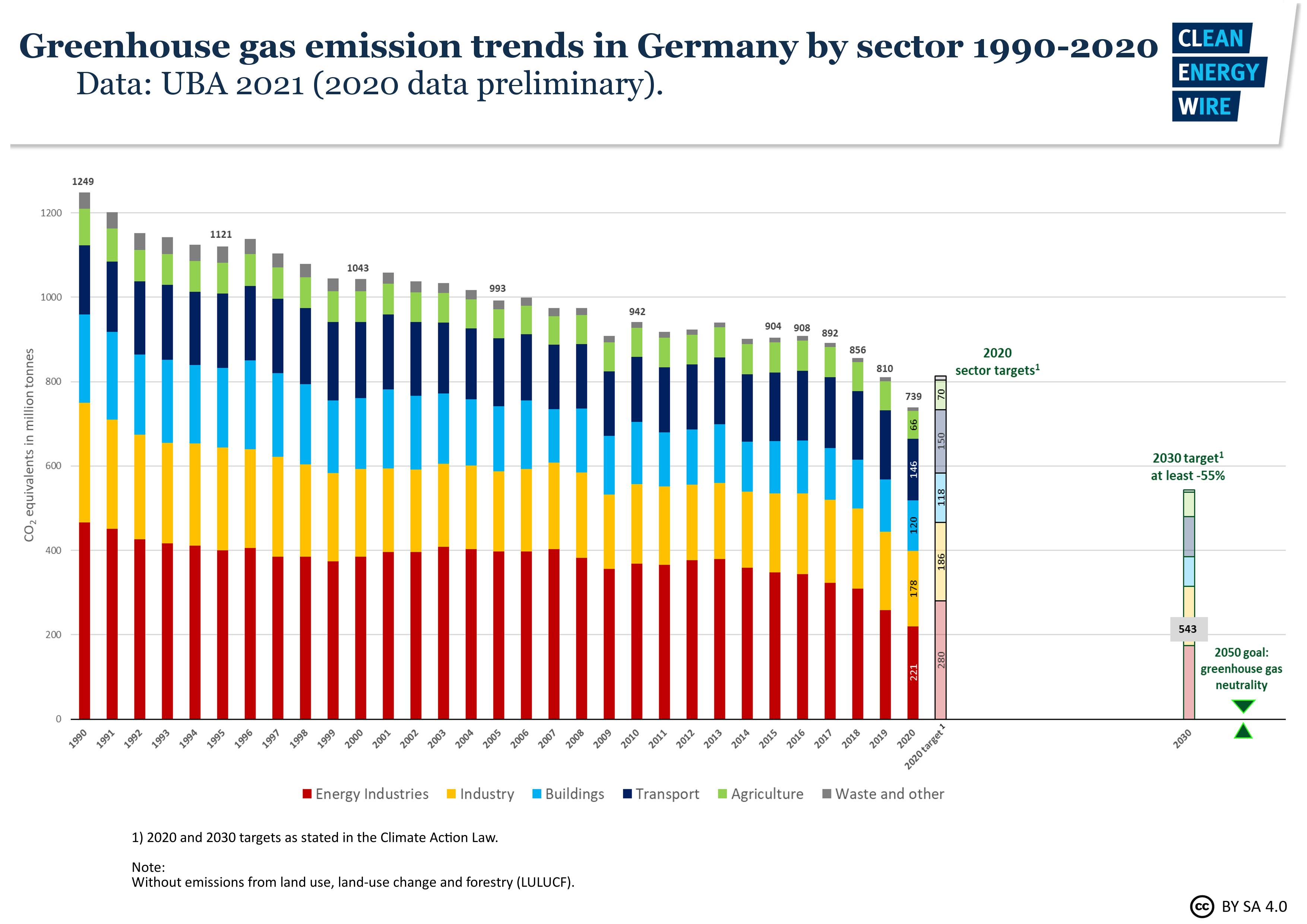



Germany Sees Record Greenhouse Gas Emission Fall Due To Pandemic Renewables Clean Energy Wire
Greenhouse gas emissions in the United States dropped by an estimated 103% over the course of compared to the previous year, according to an analysis by the research firm Rhodium Group The decline was driven by COVID19related economic disruptions Emissions from various sectors including transportation, energy generation, industry Graph by NOAA Climategov based on data from NOAA ESRL According to the 19 AGGI report, the combined heating influence of the longlived, humanproduced greenhouse gases is 314 Watts for every square meter of Earth's surface Just over 80 percent of that is due to carbon dioxide (66%) and methane (16%) The calculator helps users calculate the potential greenhouse gas (GHG) emissions and criteria air contaminants (CAC) reductions for each activity undertaken The calculator then automatically sums the total GHG emissions and CAC reductions that will result from implementing all the selected activities
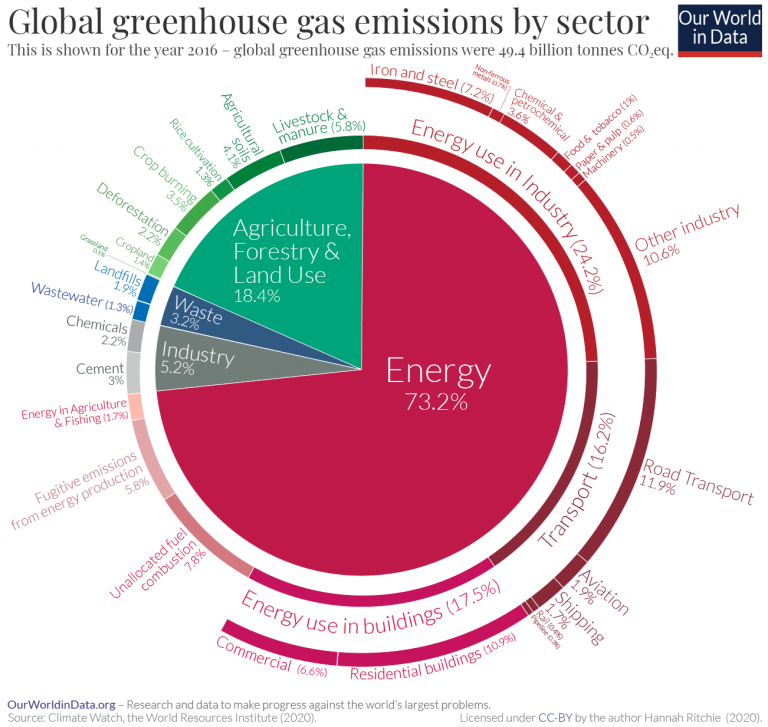



Sector By Sector Where Do Global Greenhouse Gas Emissions Come From Our World In Data




Greenhouse Gas Emissions Plunged 17 Percent During Pandemic The Washington Post
The first chart illustrates the energy consumption of Australian household in average, while the second gives information on the greenhouse gas emissions which are observed from this energy usage Overall, household energy mainly goes to heating while the largest amount of greenhouse gas emission comes from water heatingGreenhouse gases refer to the sum of seven gases that have direct effects on climate change carbon dioxide (CO 2), methane (CH 4), nitrous oxide (N 2 O), chlorofluorocarbons (CFCs), hydrofluorocarbons (HFCs), perfluorocarbons (PFCs), sulphur hexafluoride (SF6) and nitrogen trifluoride (NF3) The data are expressed in CO 2 equivalents and refer to gross direct emissions5 rows Carbon dioxide (CO 2) makes up the vast majority of greenhouse gas emissions from the sector,




The Total Futility Of Trying To Save The Planet By Reducing Greenhouse Gas Emissions Manhattan Contrarian
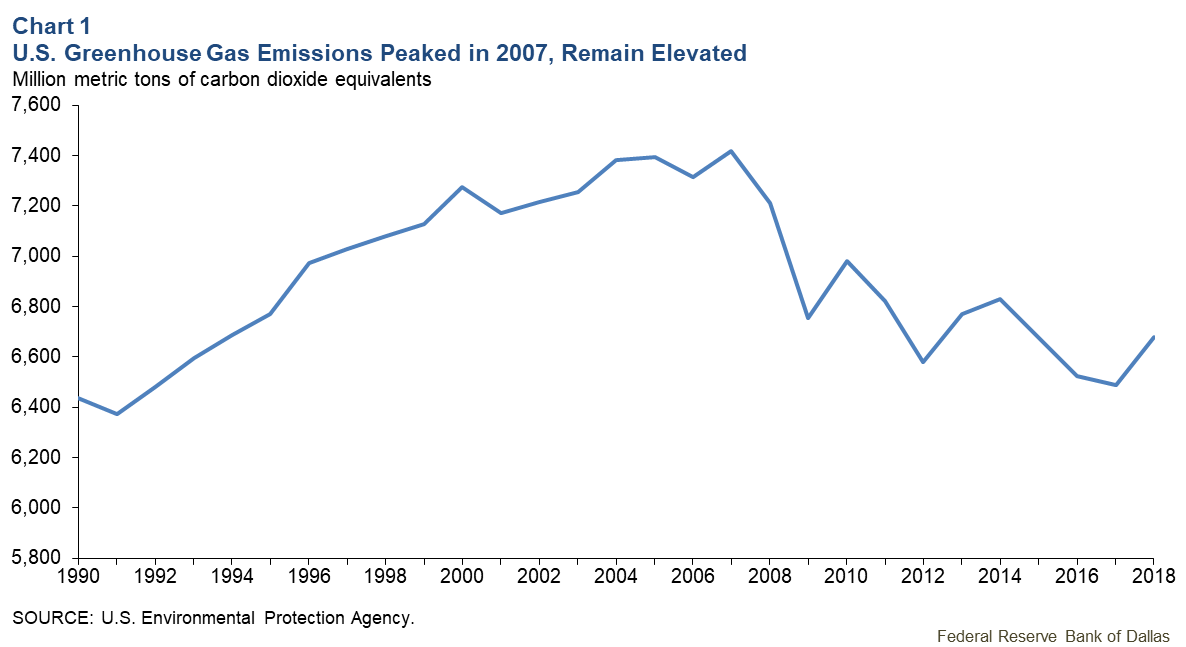



What Is The U S Oil Industry Doing About Greenhouse Gas Emissions Dallasfed Org
A calculator that allows users to translate abstract greenhouse gas amounts into concrete terms that are easy to understand Many of our daily activities such as using electricity, driving a car, or disposing of waste cause greenhouse gas emissions Together these emissions make up a household's carbon footprint The calculator estimates your footprint in three areas home energy, transportation and wasteIndividual Greenhouse Gas Emissions Calculator Many of our daily activities cause emissions of greenhouse gases For example, we produce greenhouse gas emissions from burning gasoline when we drive, burning oil or gas for home heating, or using electricity generated from coal, natural gas
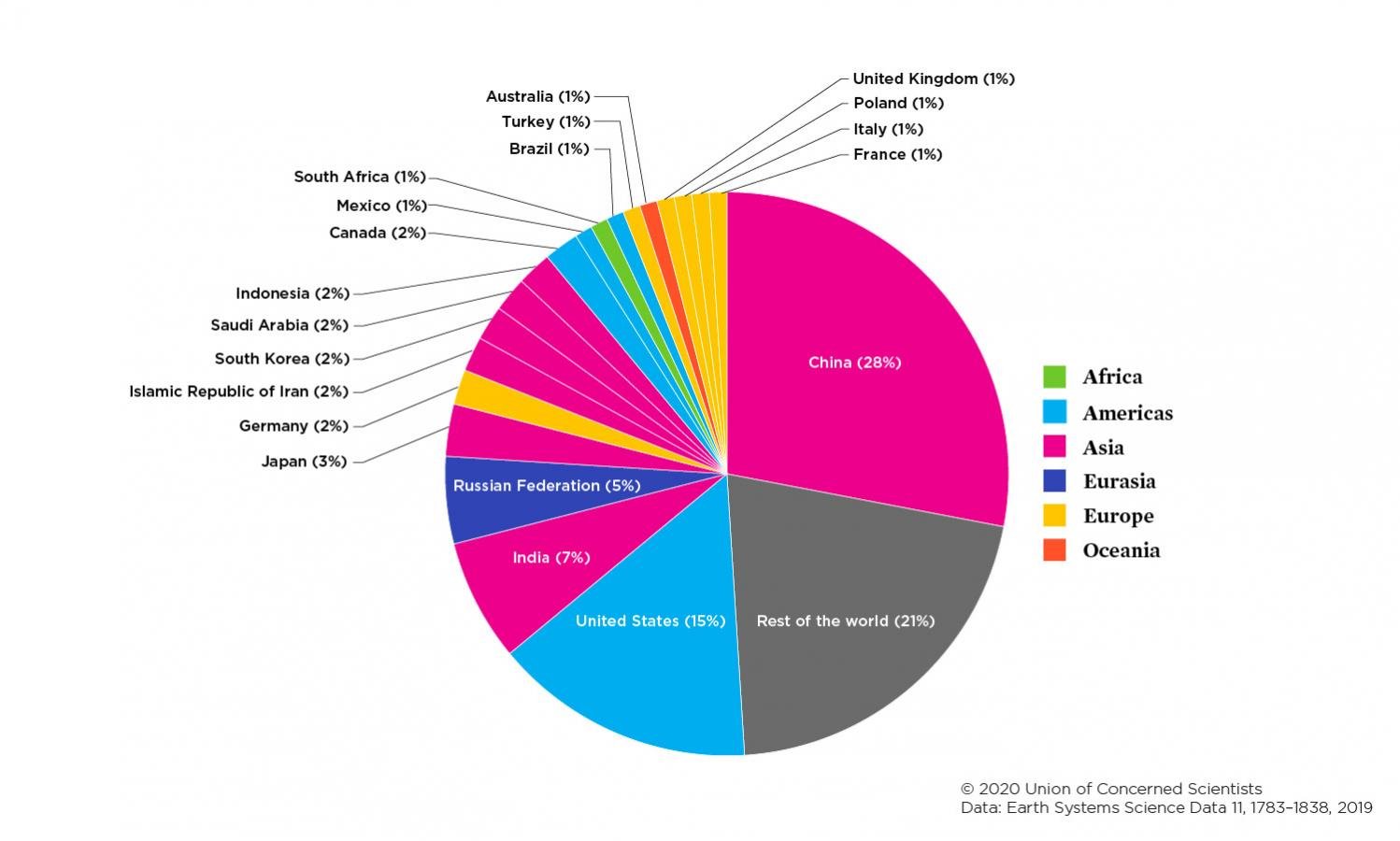



Each Country S Share Of Co2 Emissions Union Of Concerned Scientists
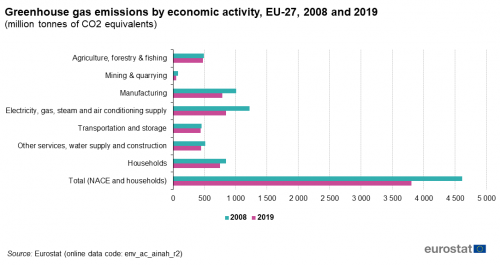



Greenhouse Gas Emission Statistics Air Emissions Accounts Statistics Explained
The chart above and table below both show data compiled by the International Energy Agency, which estimates carbon dioxide (CO 2) emissions from the combustion of coal, natural gas, oil, and other fuels, including industrial waste and nonrenewable municipal waste They assessed the effect of these foods on climatewarming greenhouse gas emissions and the amount of land and fresh water used across all stages of their production, including processingStatsWales > Environment and countryside > State of the Environment > Addressing climate change > CHART Greenhouse gas emissions by year CHART Greenhouse gas emissions by year Archived (English only) – No longer updated Emissions of greehouse gases, million tonnes of carbon dioxide equivalent (r) Total basket of greenhouse gases




Ibis Ph Complete Health Indicator Report Climate Change Greenhouse Gases



Chart How Ambitious Is The Uk S Emissions Target Statista
If current policies continued;All emissions data is from 03 Passed initial science review expert science review pending There is a lot going on with the arrows in this image, but students can follow the different colored arrows from the sector to end use to the produced greenhouse gas fairly easily Students can compare this graphic to CO2 emissions in the year 00 The food system accounted for an estimated 181 percent of US greenhouse gas emissions in 07 A version of this chart appears in the ERS report, Resource Requirements of Food Demand in the United States, May and the Amber Waves feature article, "A Shift to Healthier Diets Likely To Affect Use of Natural Resources"




Emissions From Energy Production Have Stabilised For Now The Economist
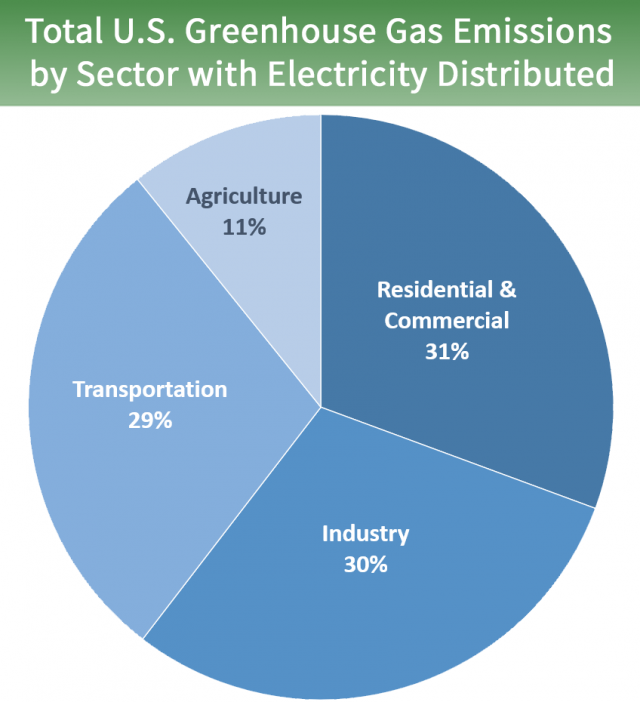



Sources Of Greenhouse Gas Emissions Us Epa
Greenhouse Gas Emissions Chart Freeware Free Software Listing (Page3) HTML Horizontal Bar Chart script generates bar charts using HTML Table, DIVs and javascript Line Chart Generator provides a mechanism for the development and modification of the definition code for simple line chartsAdded to this is the commitment to reduce methane emissions, strengthening the target previously set for 25 from 40% (compared to 16 values) to 45% compared to 15, with an intermediate target of 36% by 23 compared to 15 The reduction target and the baseline year of the natural gas target are in line with the UNEP (United NationsGlobal emissions in 16 (minus crossboundary emissions), as the sum of those in the chart, was approximately 34 to 35 billion tonnes of CO 2 Adding one billion individuals with a per capita footprint of 113 tCO 2 per person per year would equal an addition 11 billion tonnes of CO 2 per year (1 billion*113 = 113 billion tonnes) This is equivalent to almost onethird of global emissions




Greenhouse Gas Emissions Are Set To Rise Fast In 21 The Economist
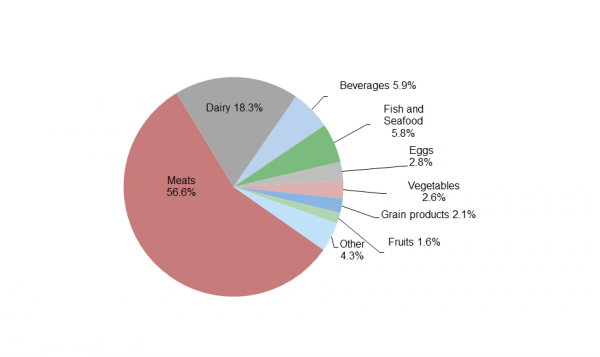



Carbon Footprint Factsheet Center For Sustainable Systems
If all countries achieved their current future pledges for emissions reductions; 1 Greenhouse Gas Emissions Overview 11 Total emissions Total US anthropogenic (humancaused) greenhouse gas emissions in 09 were 58 percent below the 08 total ()The decline in total emissions—from 6,9 million metric tons carbon dioxide equivalent (MMTCO 2 e) in 08 to 6,576 MMTCO 2 e in 09—was the largest since emissionsThis chart shows the change in global greenhouse gas emissions over time Greenhouse gases are measured in 'carbon dioxideequivalents' (CO 2 e) Today, we collectively emit around 50 billion tonnes of CO 2 e each year This is more than 40% higher than emissions in 1990, which were around 35 billion tonnes



Ww3 Arb Ca Gov Cc Inventory Pubs Reports 00 16 Ghg Inventory Trends 00 16 Pdf




Windsor S Greenhouse Gas Emissions
The greenhouse gas equivalencies calculator can help you understand just that, translating abstract measurements into concrete terms you can understand, such as equivalent to avoiding the carbon dioxide emissions of 1,000 cars annually CO2 accounts for about 76 percent of total greenhouse gas emissions Methane, primarily from agriculture, contributes 16 percent of greenhouse gas emissions and nitrous oxide, mostly from industry and agriculture, contributes 6 percent to global emissions All figures here are expressed in CO2equivalents




Comparison Of Greenhouse Gas Emissions Released By Crickets Bud S Cricket Power Sustainable Cricket Protein Powder



Chart Eu And Us Slash Greenhouse Gas Emissions Statista
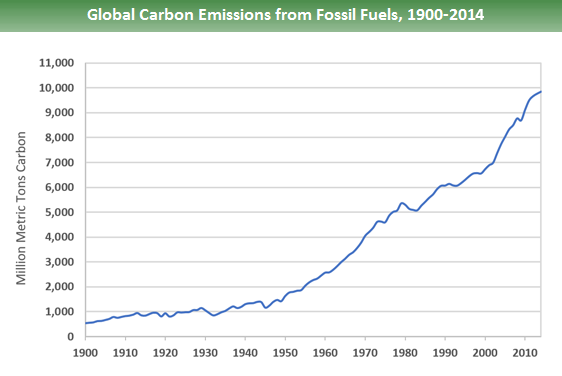



Global Greenhouse Gas Emissions Data Us Epa



1




Co2 Emissions Our World In Data



1



Greenhouse Gas Emissions By The United States Wikipedia




Global Emissions Center For Climate And Energy Solutions
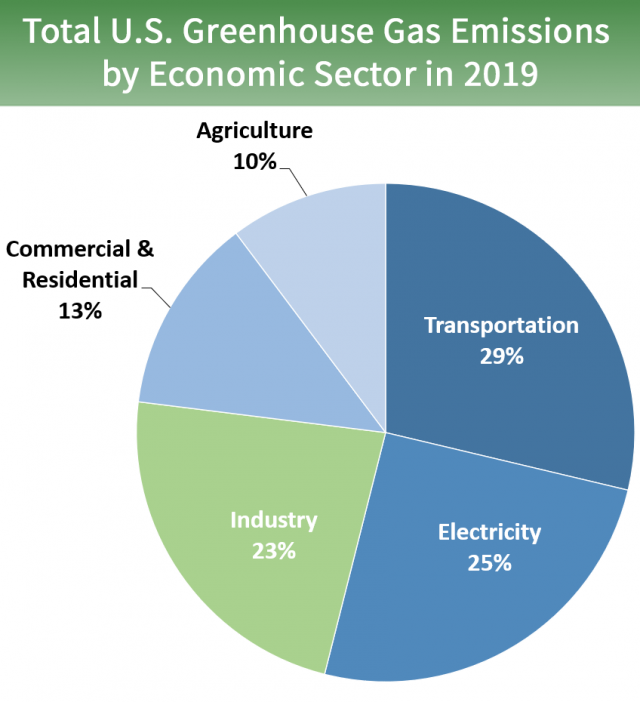



Sources Of Greenhouse Gas Emissions Us Epa




Dnr Reports 3 Increase In Iowa Greenhouse Gas Emissions Iowa Environmental Focus
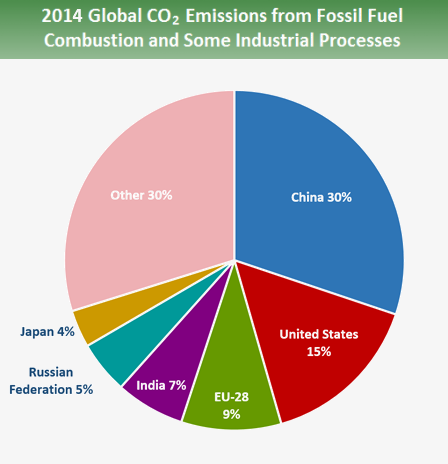



Global Greenhouse Gas Emissions Data Us Epa




Our Carbon Footprint Sustainability Alameda County




California Plans To Reduce Greenhouse Gas Emissions 40 By 30 Today In Energy U S Energy Information Administration Eia
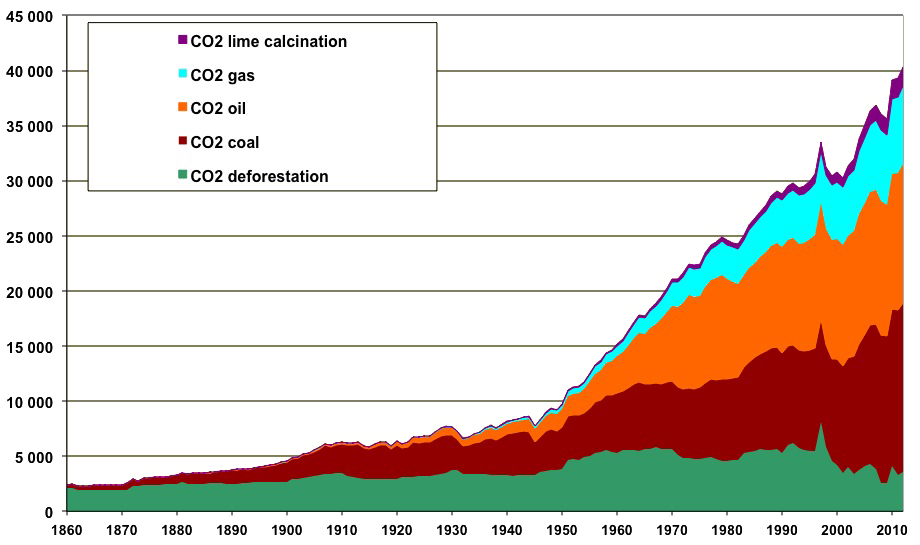



How Do Greenhouse Gas Emissions Presently Evolve Jean Marc Jancovici
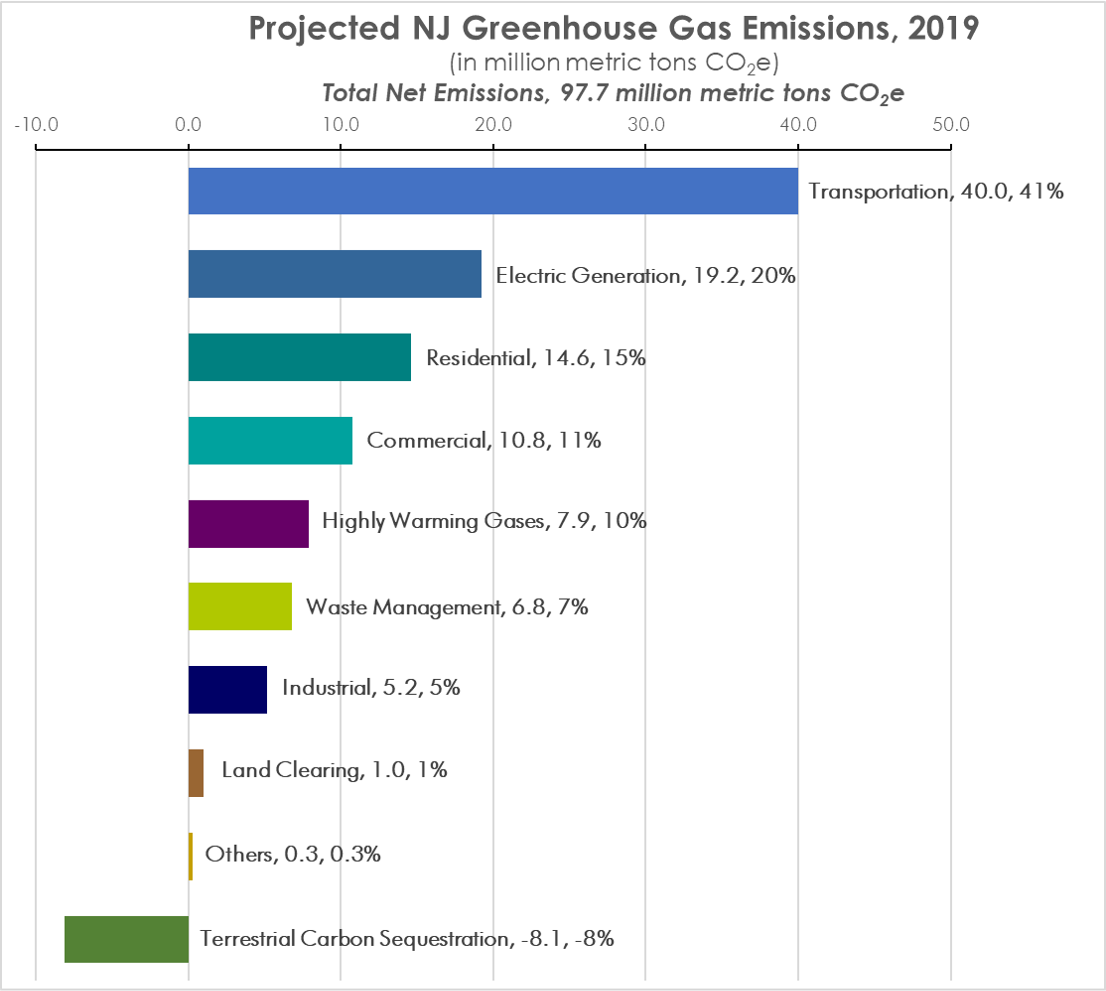



Njdep Air Quality Energy Sustainability
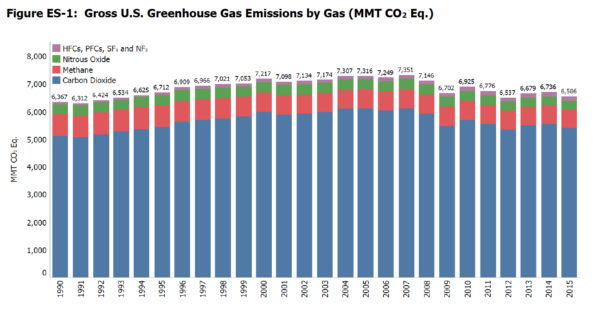



Epa Methane Emissions Fall As Production Continues To Rise Williams Companies




No Progress Made To Reduce U S Greenhouse Gas Emissions Ecori News
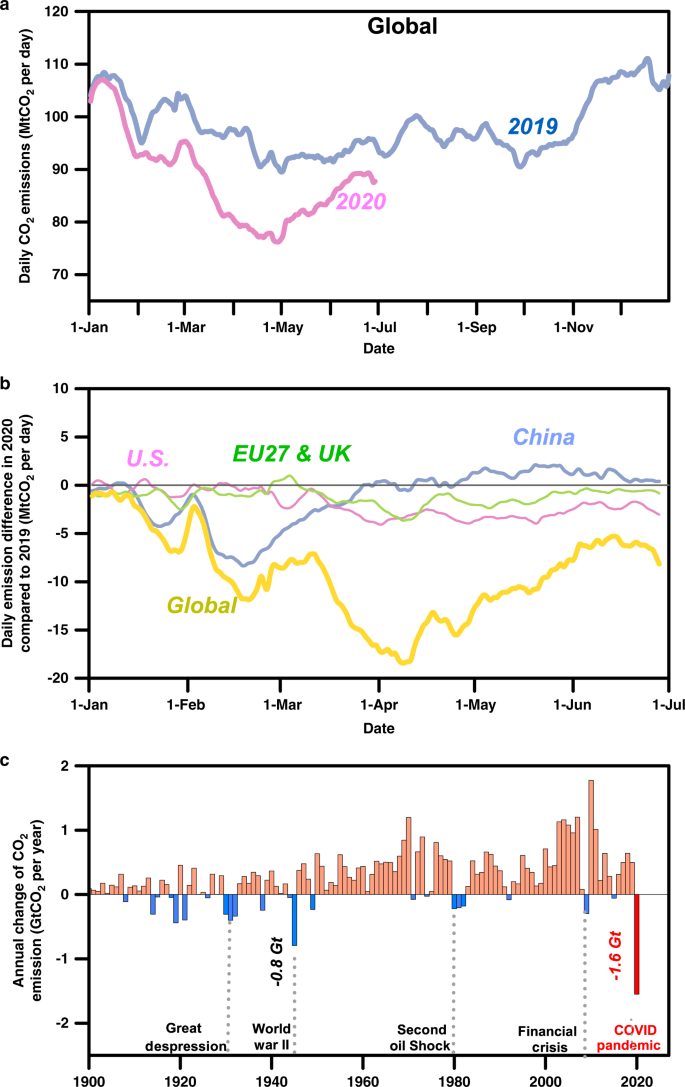



Near Real Time Monitoring Of Global Co2 Emissions Reveals The Effects Of The Covid 19 Pandemic Nature Communications




New Zealand Government Publishes Chart On Greenhouse Gas Emissions Sustainability
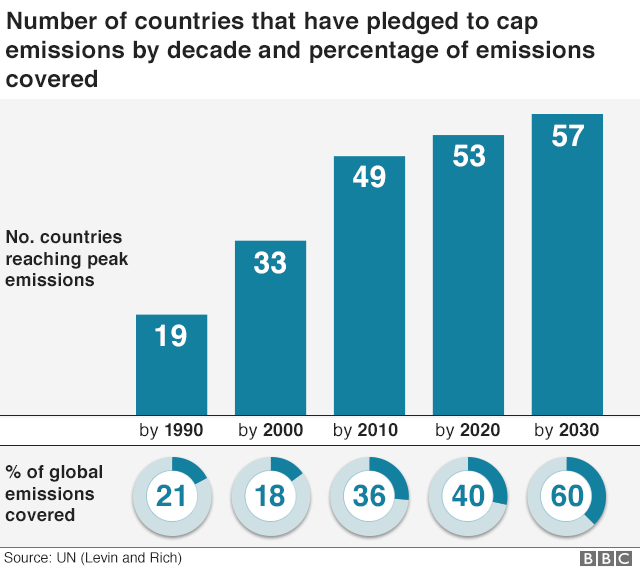



Climate Change Co2 Emissions Rising For First Time In Four Years c News
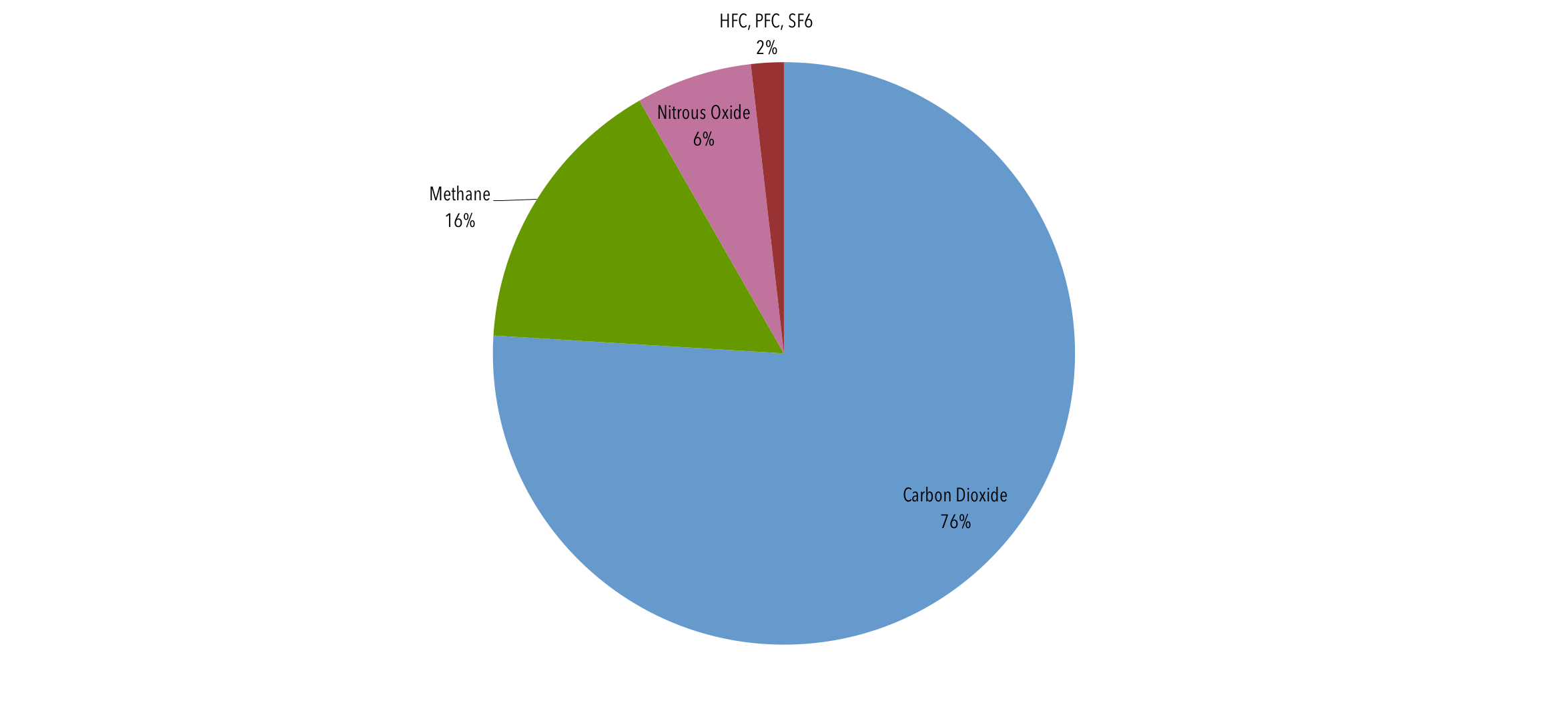



Global Emissions Center For Climate And Energy Solutions



Total Greenhouse Gas Emission Trends And Projections In Europe European Environment Agency
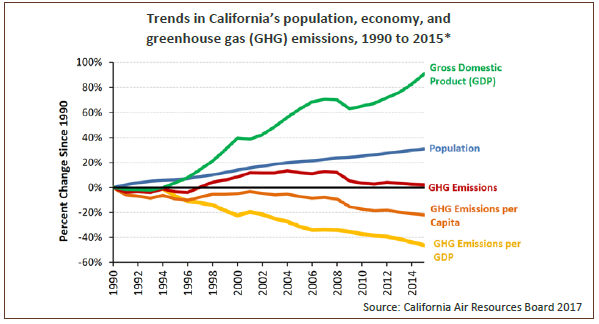



Greenhouse Gas Emissions Oehha
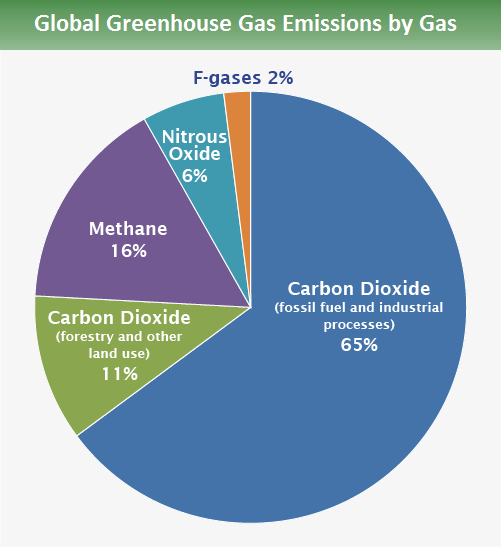



Global Greenhouse Gas Emissions Data Us Epa




Chart Of The Day Greenhouse Gas Pollution In California Streets Mn




Airresources Greenhouse Gas Emission Chart Png Image Transparent Png Free Download On Seekpng
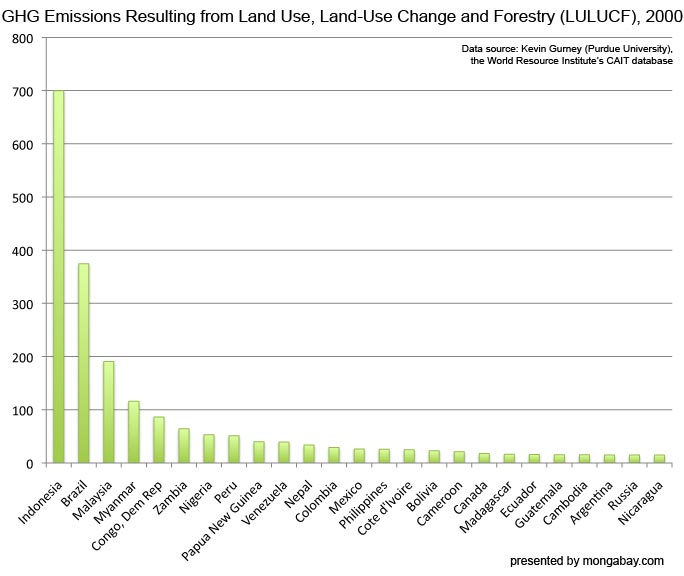



National Greenhouse Gas Emissions From Energy Use And Deforestation



Data Highlights 41 U S Carbon Dioxide Emissions Down 11 Percent Since 07 Epi



Emissions By Sector Our World In Data




U S Ghg Emissions At Lowest Level In Years Climate Central
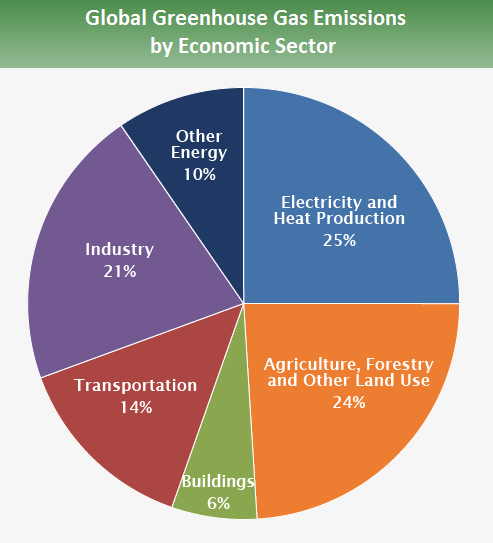



Global Greenhouse Gas Emissions Data Us Epa
/cdn.vox-cdn.com/uploads/chorus_asset/file/16185122/gw_graphic_pie_chart_co2_emissions_by_country_2015.png)



Climate Change Animation Shows Us Leading The World In Carbon Emissions Vox



Chart China Beats U S Europe In Combined Greenhouse Gases Statista
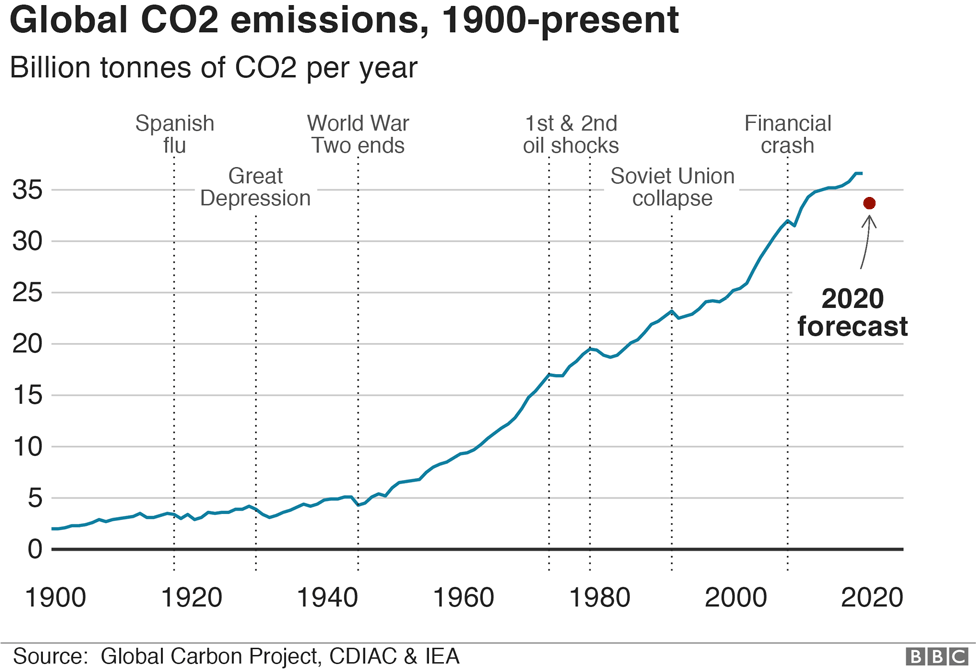



Climate Change And Coronavirus Five Charts About The Biggest Carbon Crash c News
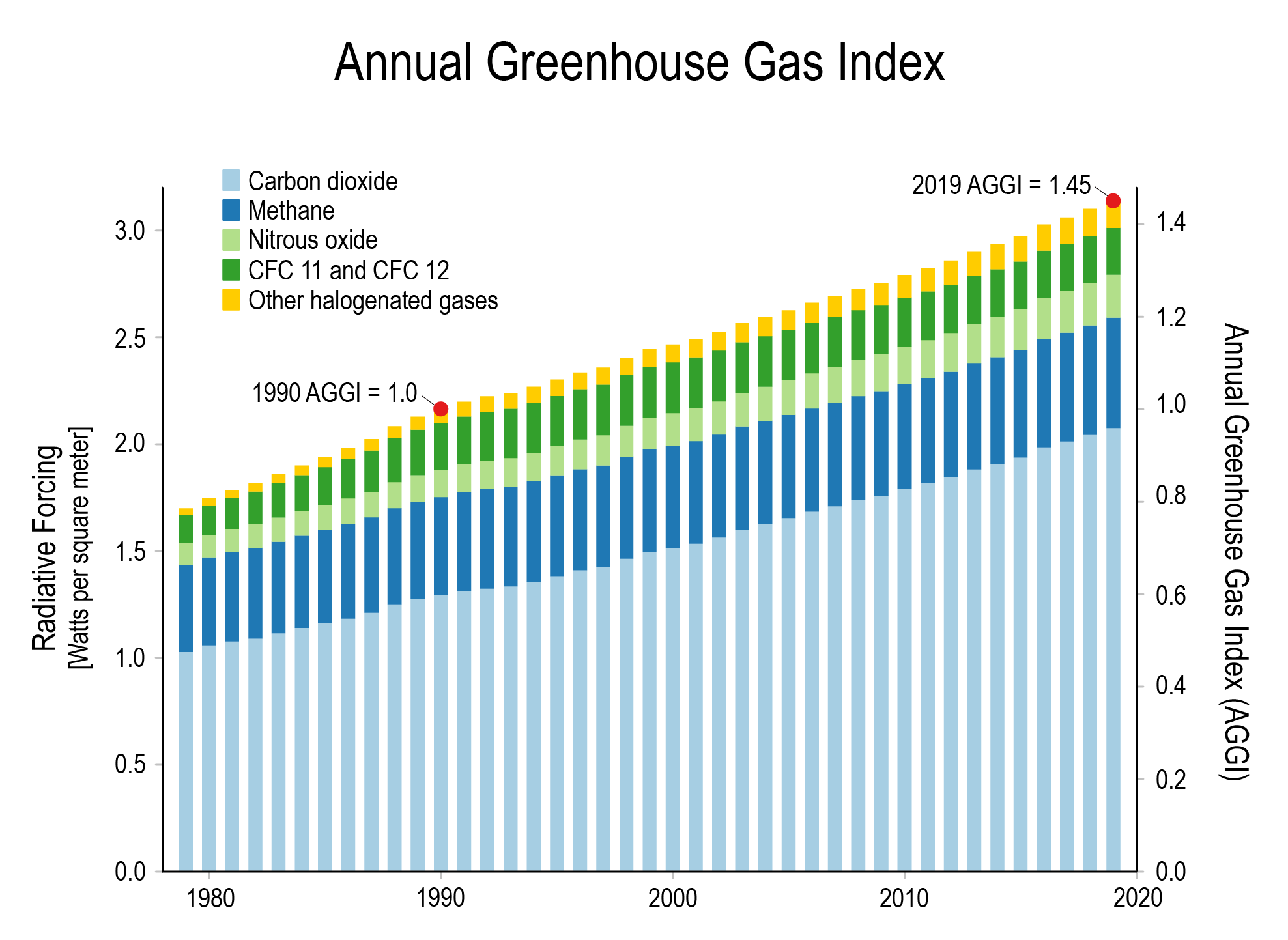



Climate Change International Ccs Knowledge Centre
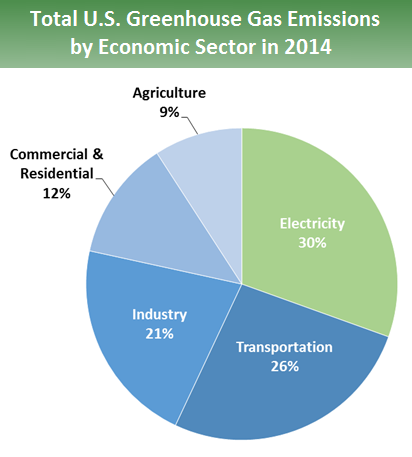



Sources Of Greenhouse Gas Emissions Greenhouse Gas Ghg Emissions Us Epa




Pie Chart That Shows Different Types Of Gases From Carbon Dioxide Fossil Fuel Use Deforestation Greenhouse Gas Emissions Greenhouse Gases Ghg Emissions



Chart The Carbon Age 150 Years Of Co2 Emissions Statista




Overview Of Greenhouse Gases Us Epa
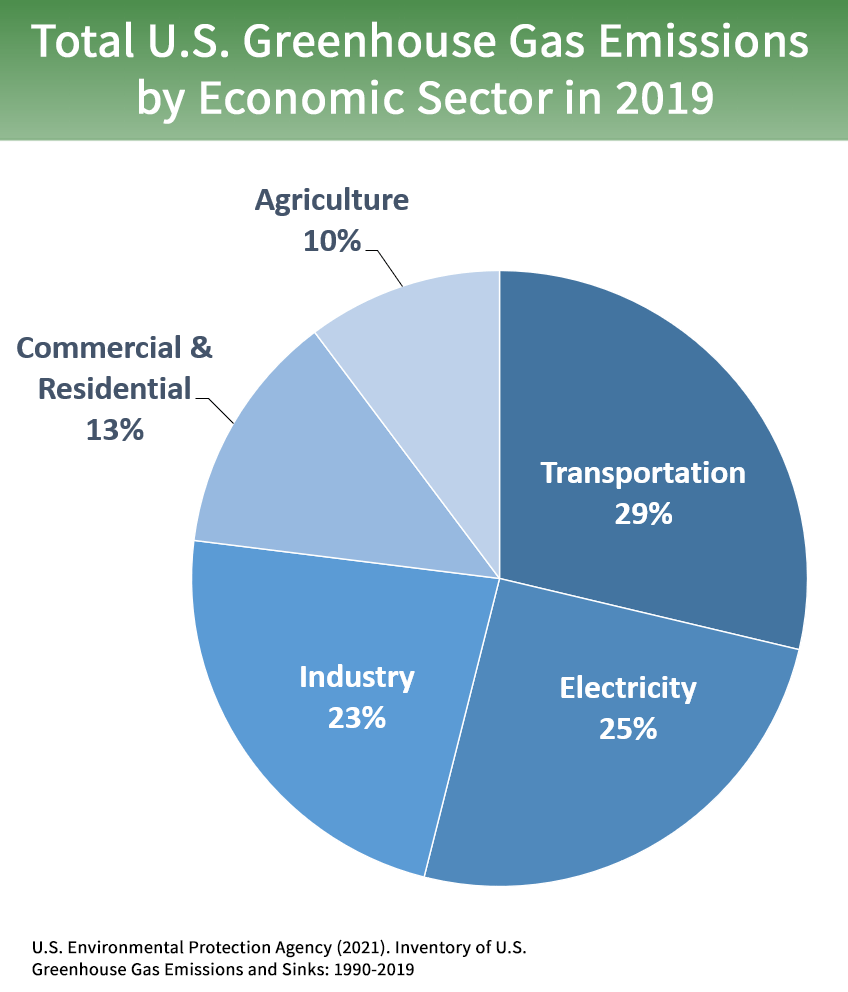



Sources Of Greenhouse Gas Emissions Us Epa
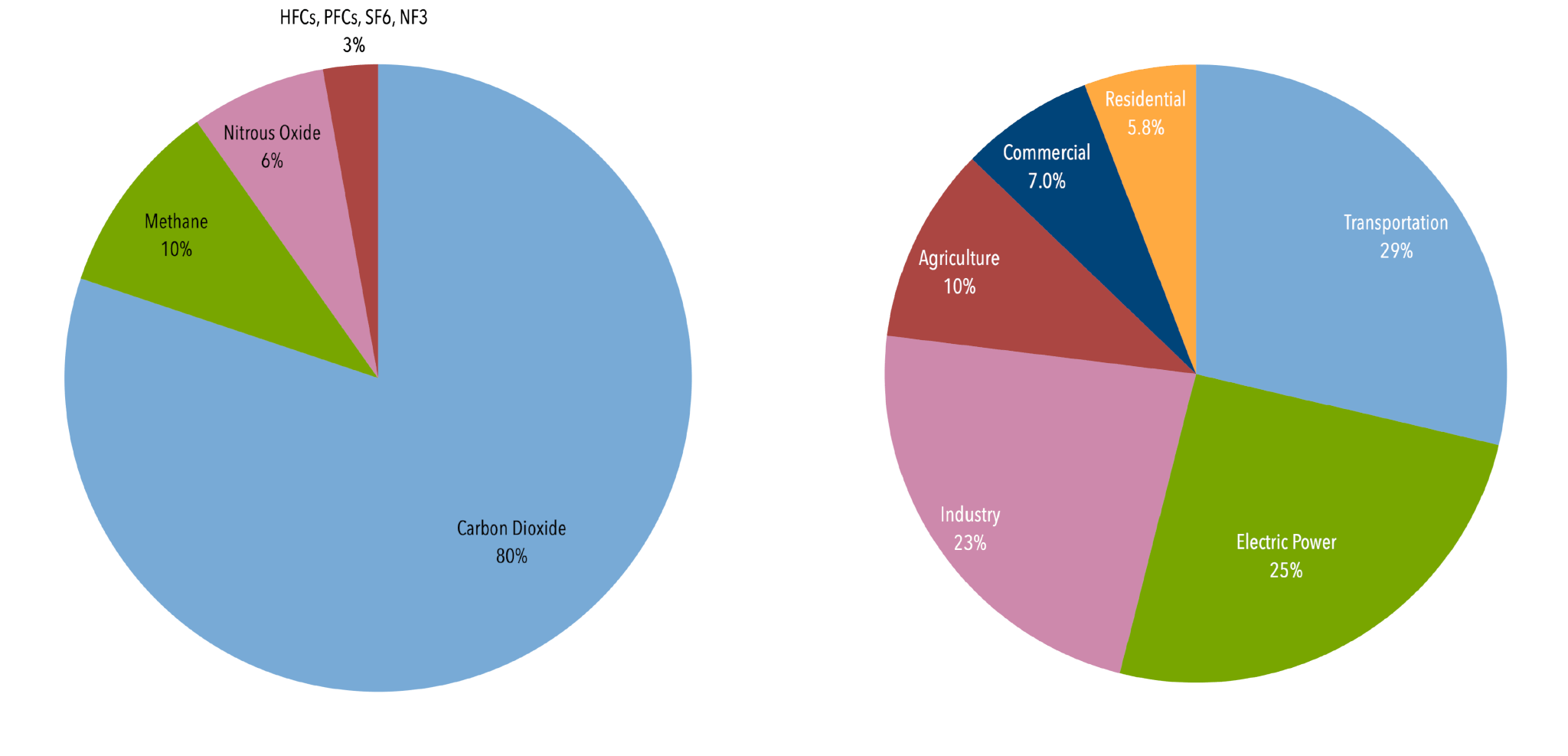



U S Emissions Center For Climate And Energy Solutions




U S Emissions Dropped In 19 Here S Why In 6 Charts Inside Climate News




Report Wind Power Helps Lower Iowa Greenhouse Gas Emissions Radio Iowa




How Do Greenhouse Gas Emissions Presently Evolve Jean Marc Jancovici




Greenhouse Gas Emissions
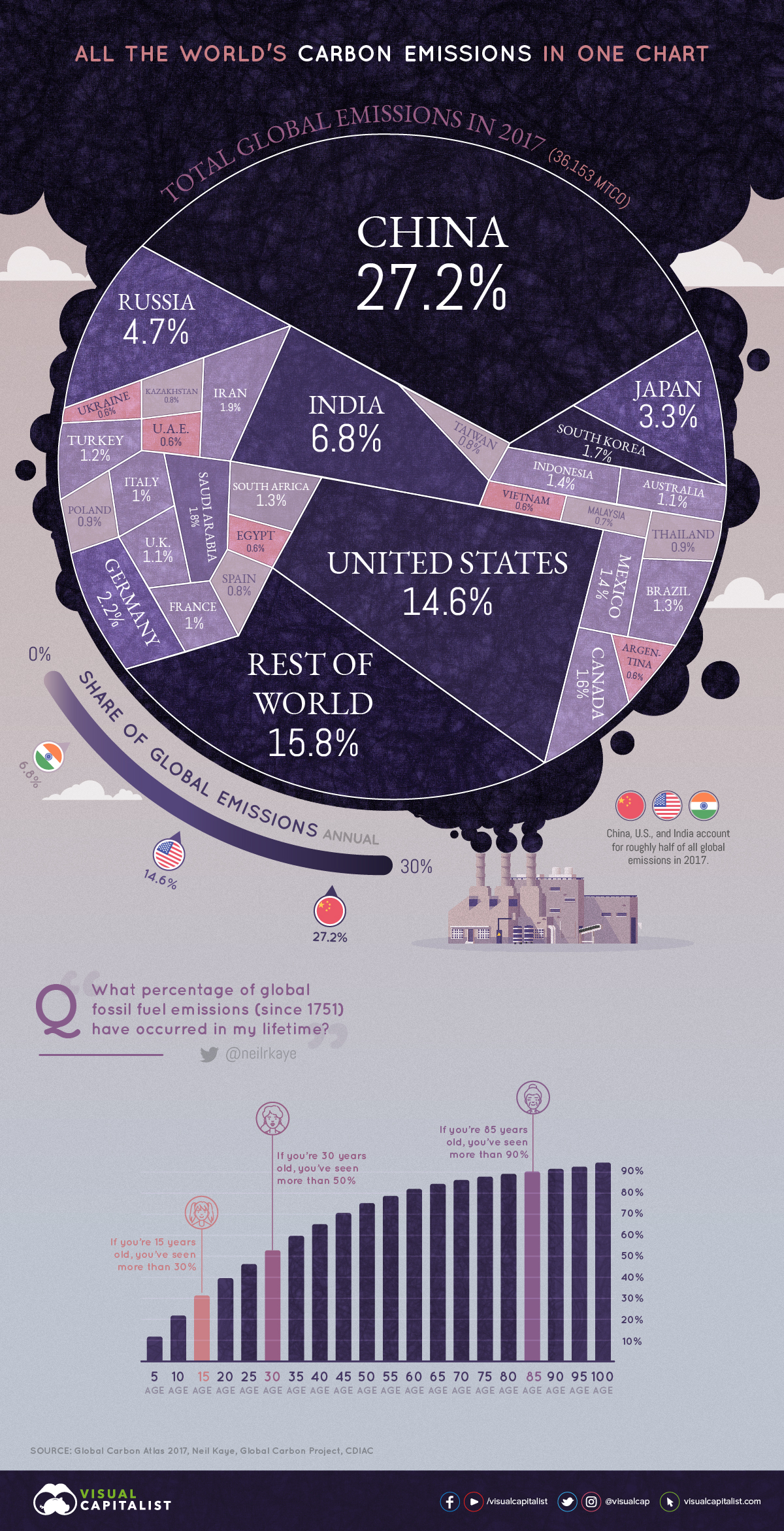



All Of The World S Carbon Emissions In One Giant Chart
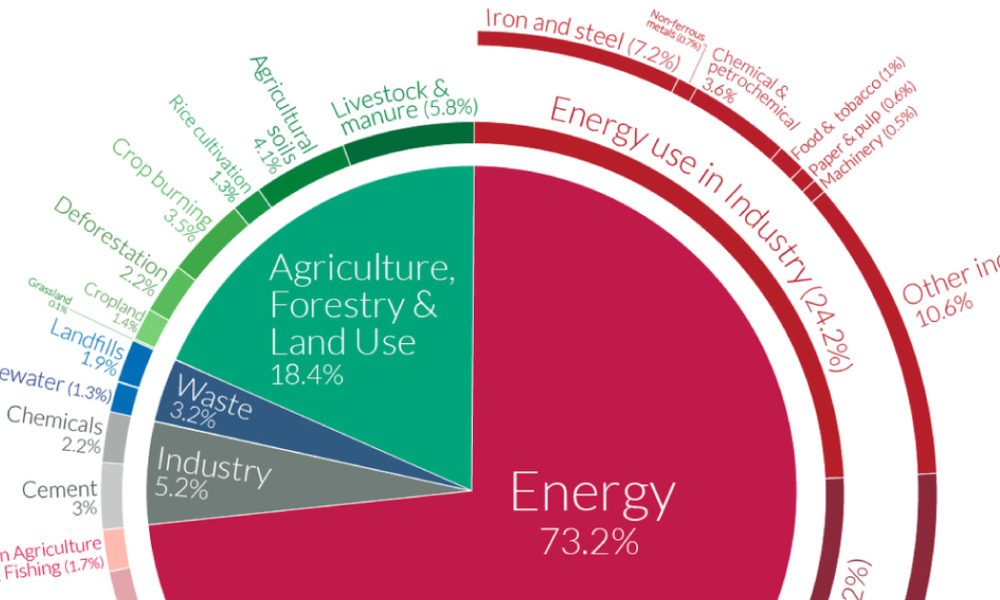



A Global Breakdown Of Greenhouse Gas Emissions By Sector
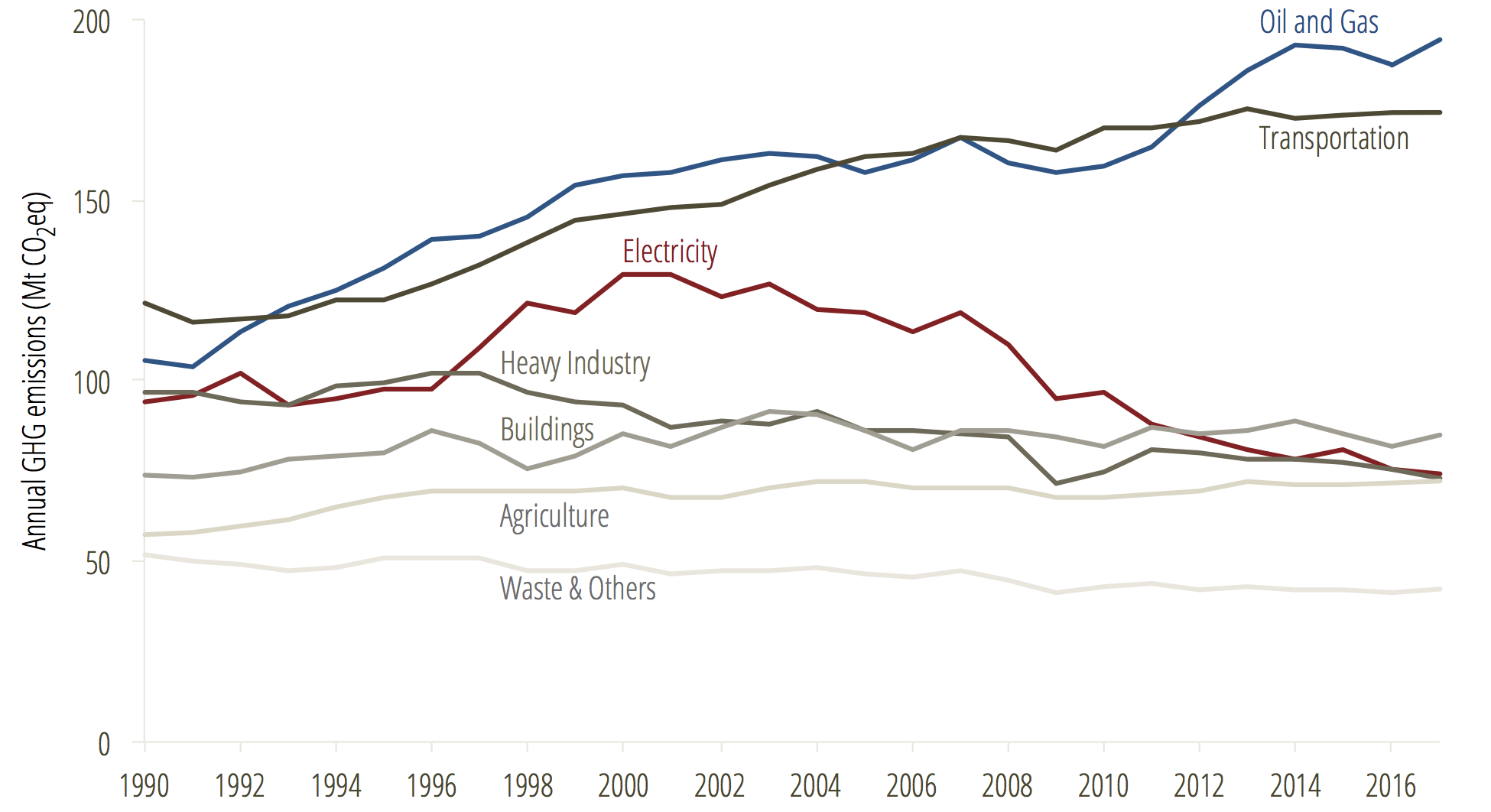



The Most Important Climate Numbers You Need To Know Blog Posts Pembina Institute




5 Charts Show How Your Household Drives Up Global Greenhouse Gas Emissions Pbs Newshour Weekend




Three Takeaways From Canada S Latest Greenhouse Gas Emissions Data Blog Posts Pembina Institute
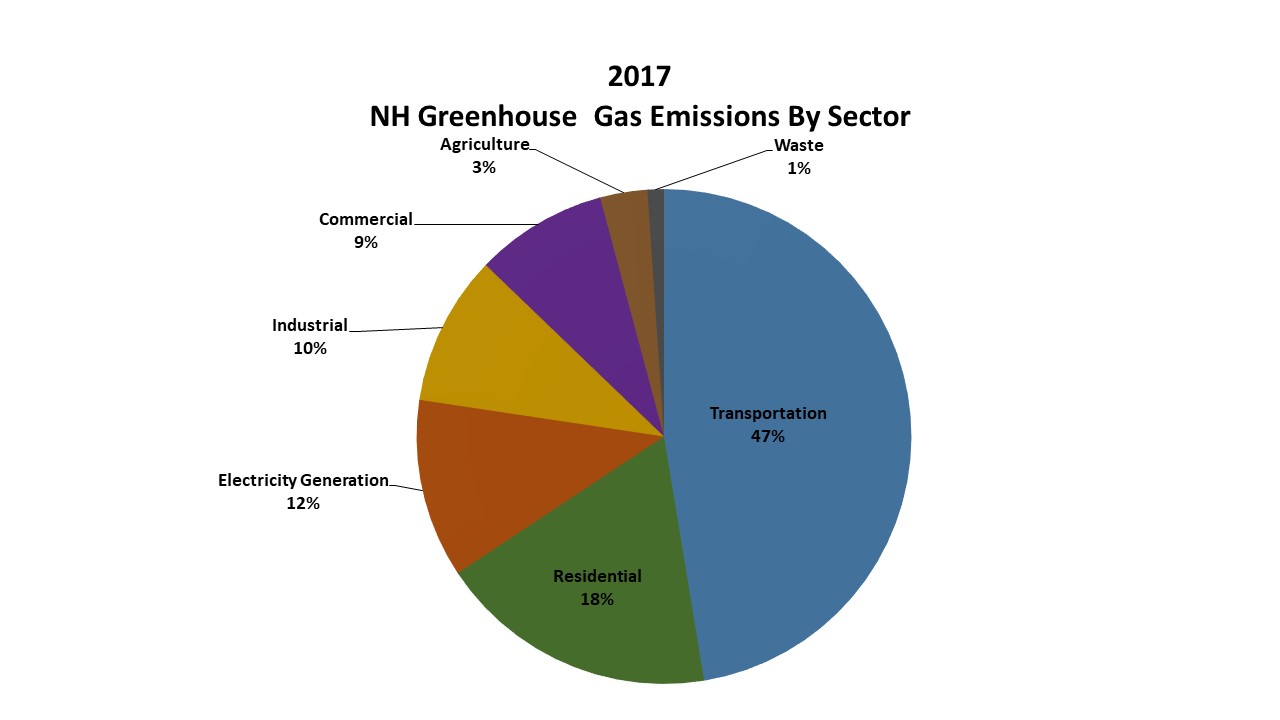



Greenhouse Gas Emissions Inventory Nh Department Of Environmental Services
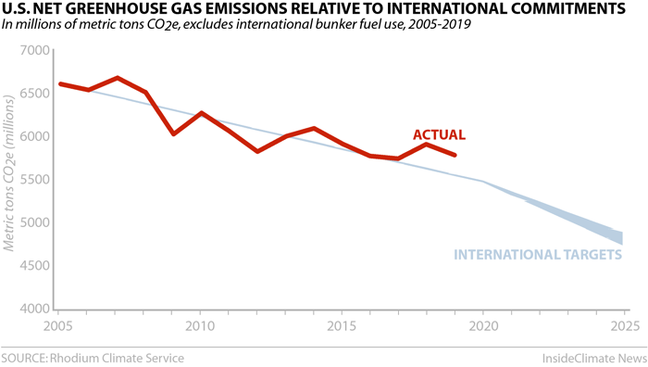



These 6 Charts Explain The Story Of U S Carbon Emissions Right Now Kqed
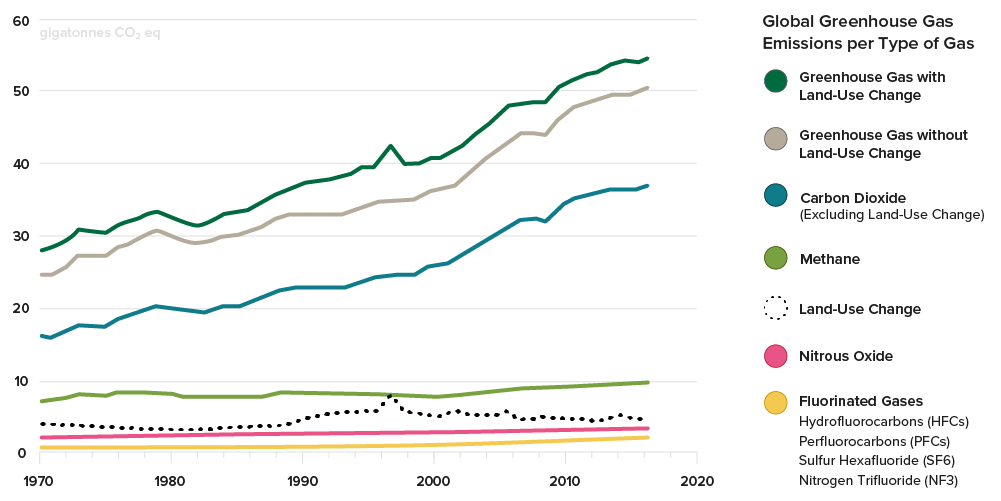



Carbon Emissions Forestry Carbon Credits The Arbor Day Foundation




Dec 19 New Climate Research Shows Need For Deep Cuts In Washington S Greenhouse Gas Emissions Washington State Department Of Ecology




Windsor S Greenhouse Gas Emissions




Fhwa Policies To Reduce Greenhouse Gas Emissions Associated With Freight Movements



Emissions By Sector Our World In Data
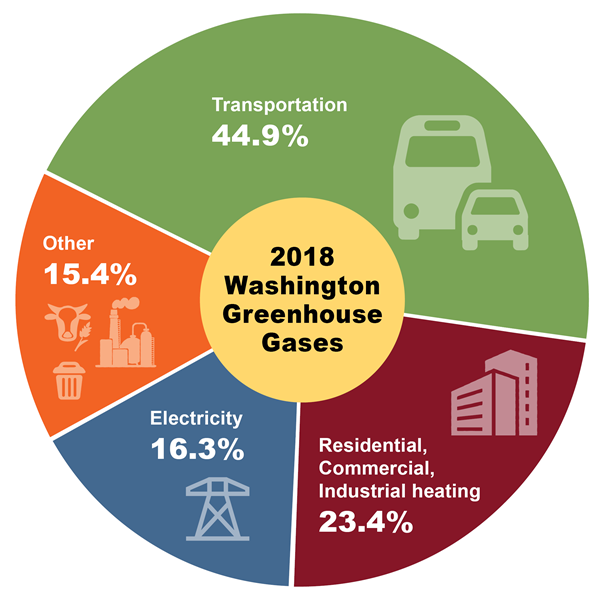



18 Data Washington State Department Of Ecology




Colorado Major New Greenhouse Gas Report Explained Westword



Data Highlights 41 U S Carbon Dioxide Emissions Down 11 Percent Since 07 Epi




Jan 14 State Emissions Rise In New Greenhouse Gas Data Washington State Department Of Ecology
/cdn.vox-cdn.com/assets/4250823/ecofys-world-ghg-emissions-flowchart.png)



Where Do Greenhouse Gas Emissions Come From Vox



1
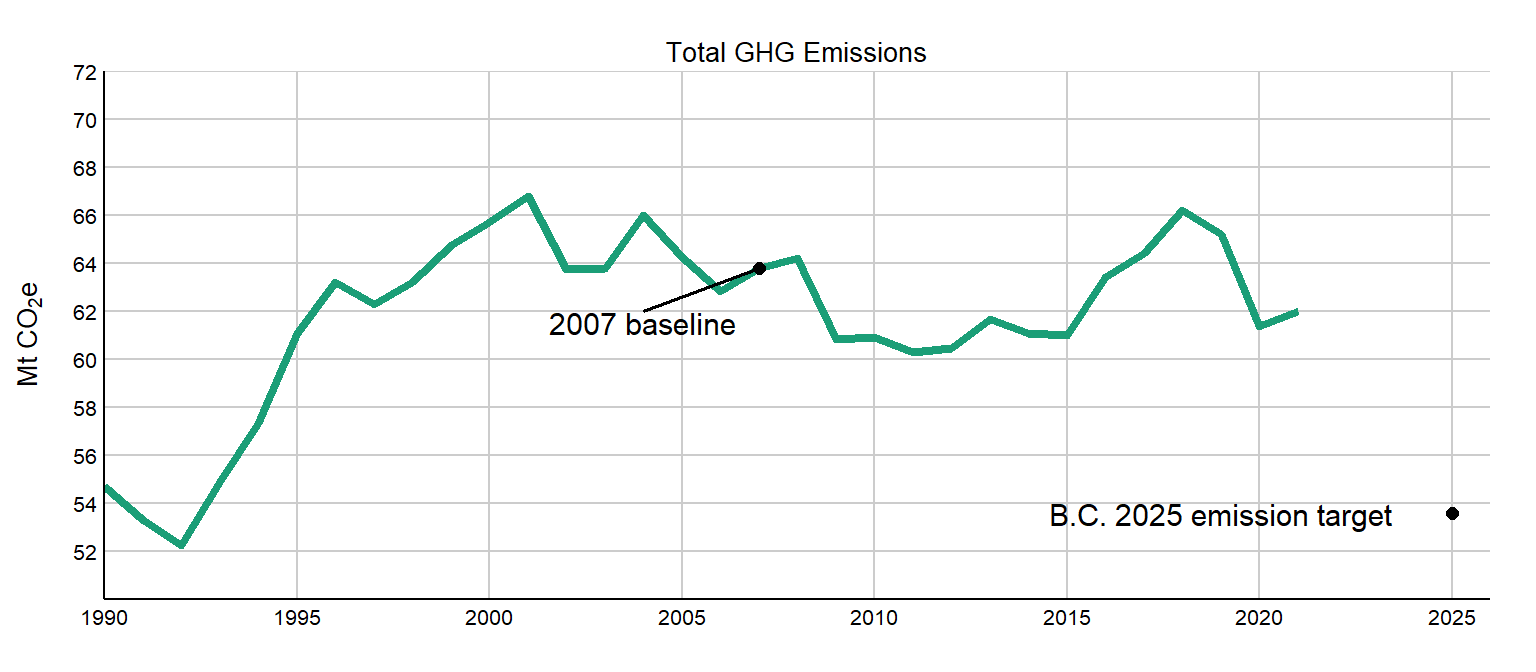



Ghg Emissions Environmental Reporting




Boston S Latest Greenhouse Gas Emissions Data Boston Climate Action Network



Greenhouse Gas Emissions Our World In Data




Greenhouse Gas Emissions Inventory Nh Department Of Environmental Services
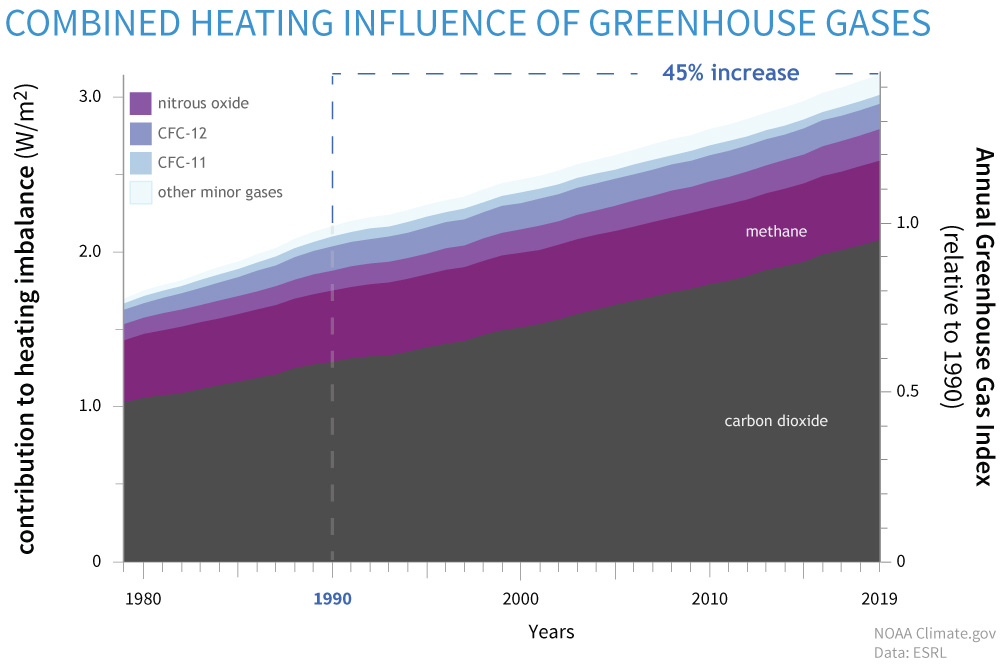



Climate Change Annual Greenhouse Gas Index Noaa Climate Gov



Total Greenhouse Gas Emission Trends And Projections In Europe European Environment Agency




Greenhouse Gas Emissions Wikipedia
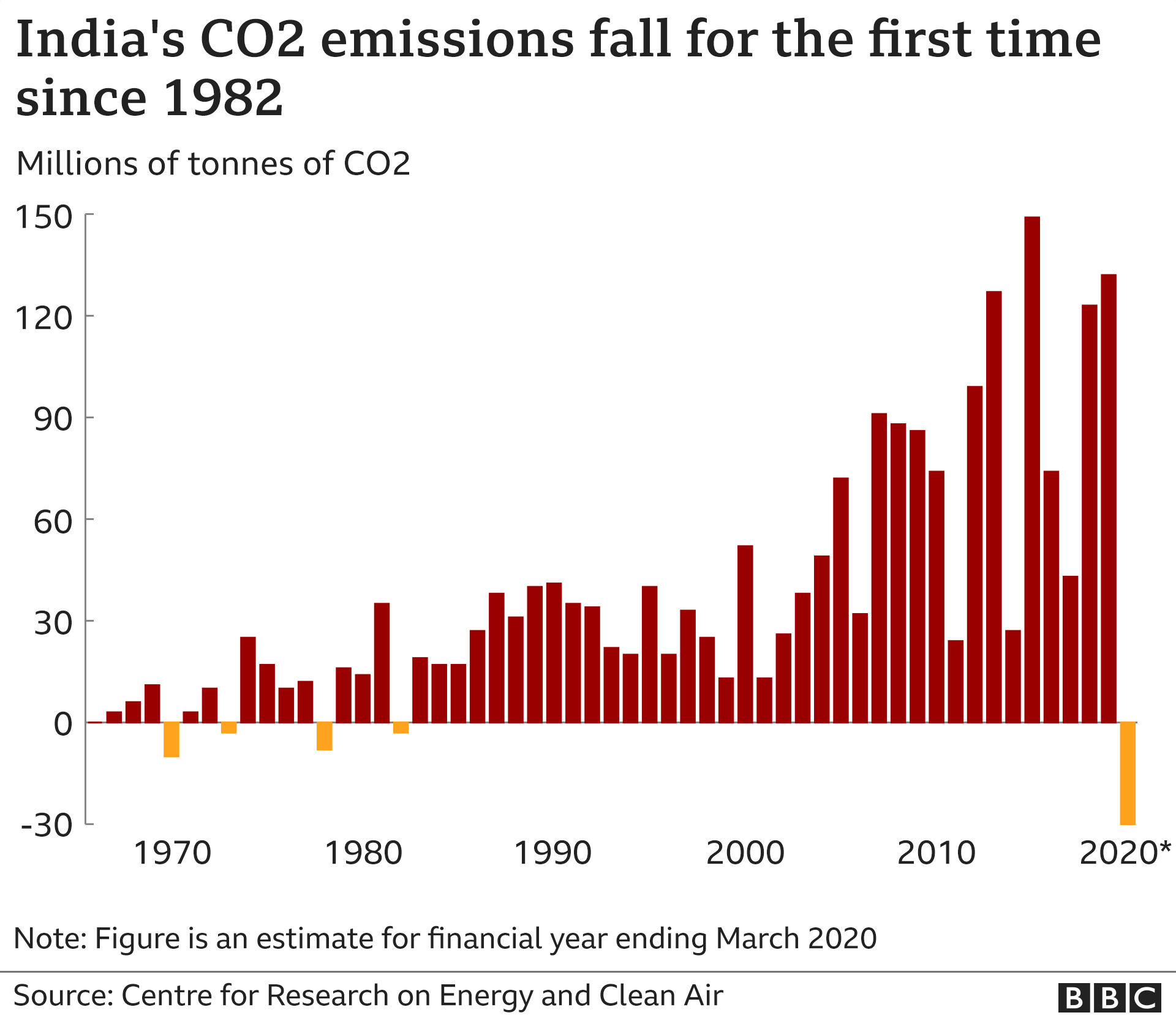



India S Carbon Emissions Fall For First Time In Four Decades c News



Emissions By Sector Our World In Data




Greenhouse Gas Emissions In Santa Fe City Of Santa Fe New Mexico
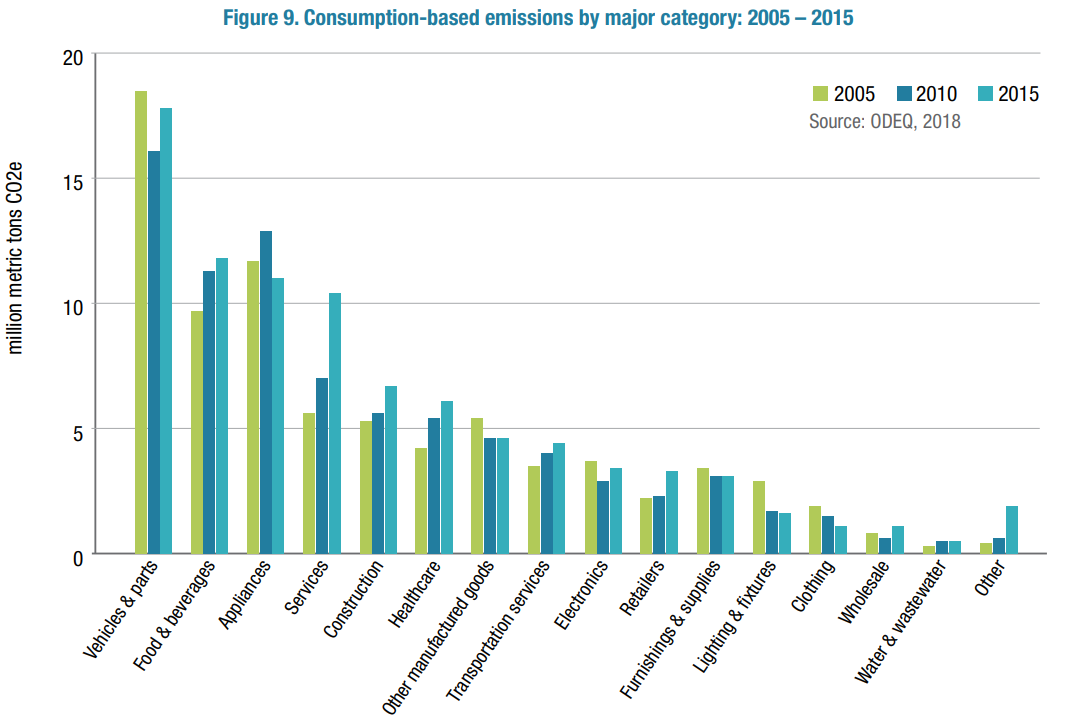



State Of Oregon Energy In Oregon Greenhouse Gas Emissions Data




France Greenhouse Gas Emissions Decreased By 16 9 From 1990 Levels Climate Scorecard




Saskatchewan S New Climate Change Strategy Reckless Endangerment Darrin Qualman
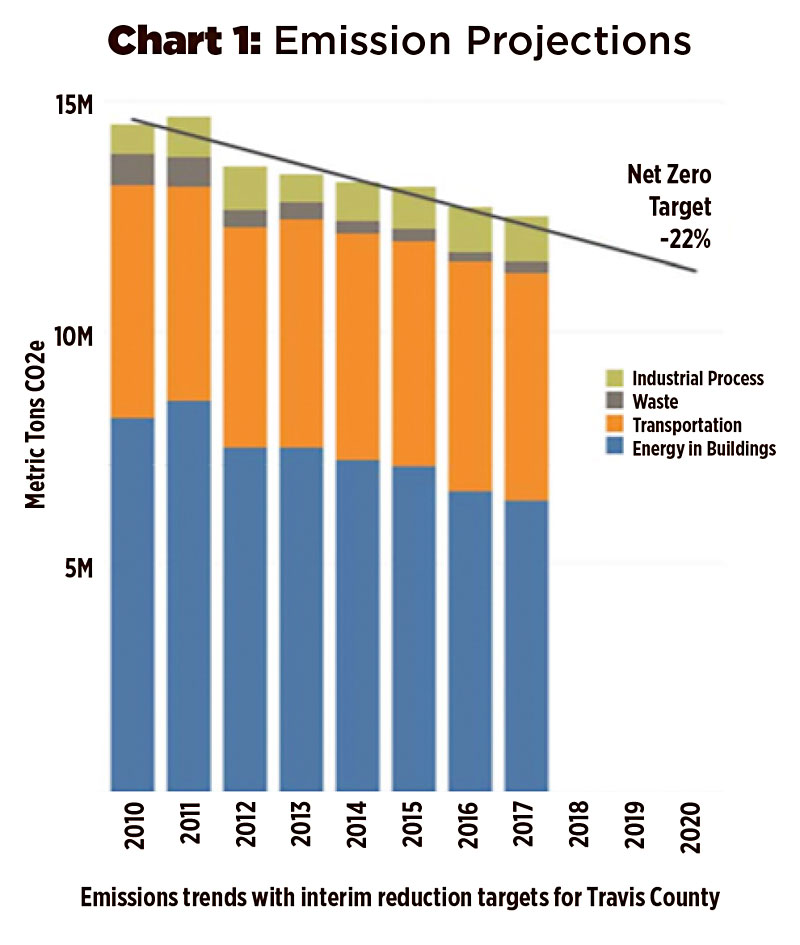



Meeting The City S Greenhouse Gas Emissions Targets In Three Charts Are We There Yet News The Austin Chronicle




Nov 19 New Greenhouse Gas Emissions Data Washington State Department Of Ecology




Australia S Greenhouse Gas Levels Have Decreased 15 From 1990 Climate Scorecard




Greenhouse Gas Emissions By The United Kingdom Wikipedia



1




Greenhouse Gas Emissions Up From Transportation Sector Michigan Radio



0 件のコメント:
コメントを投稿